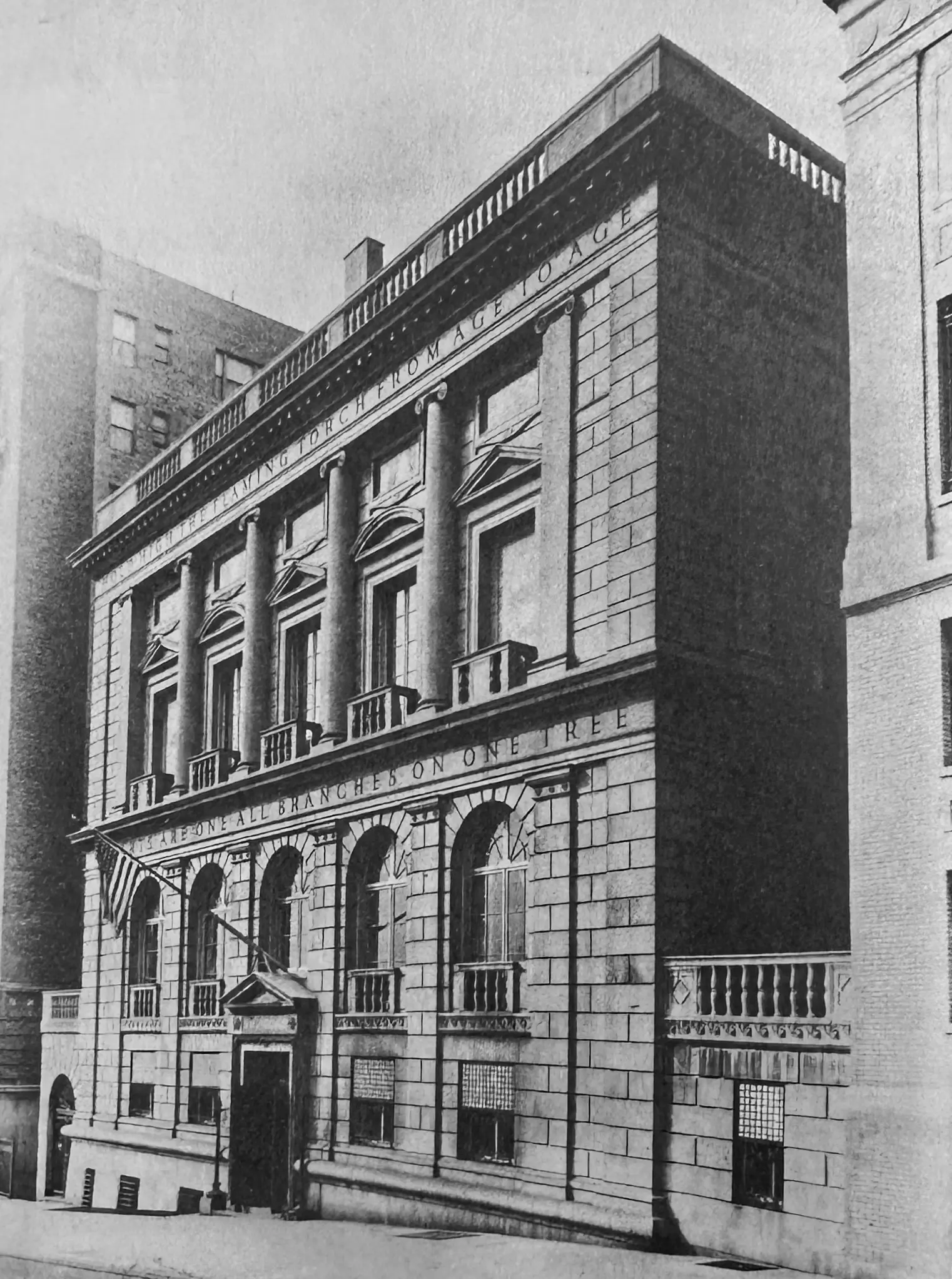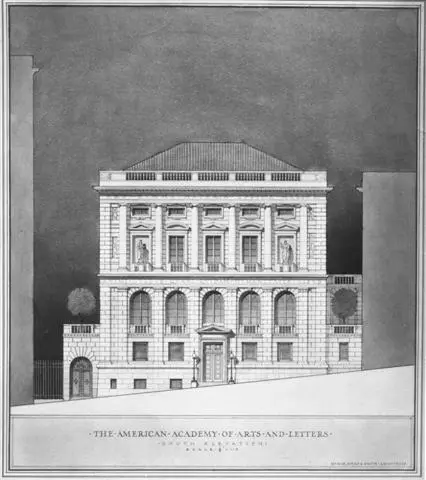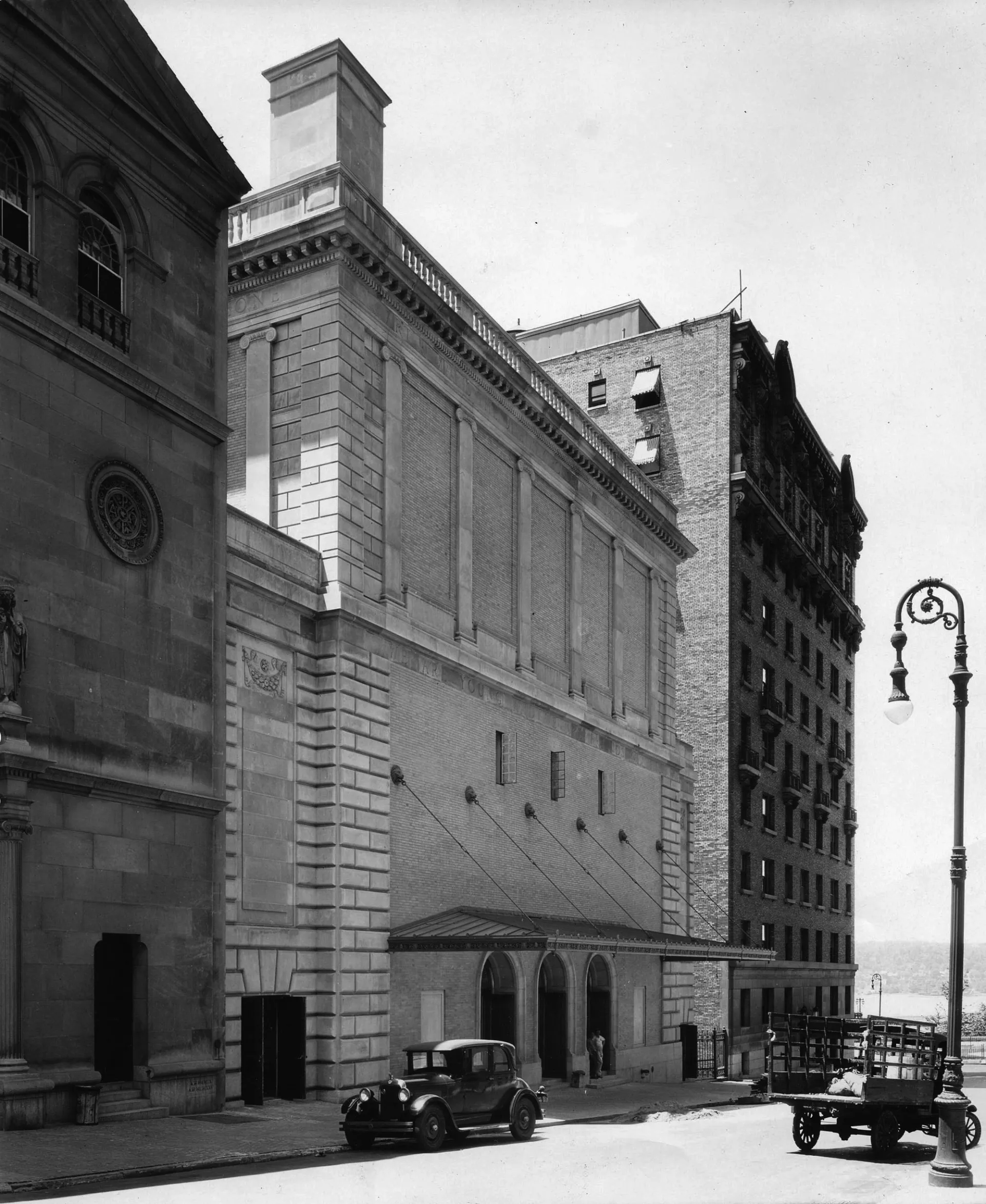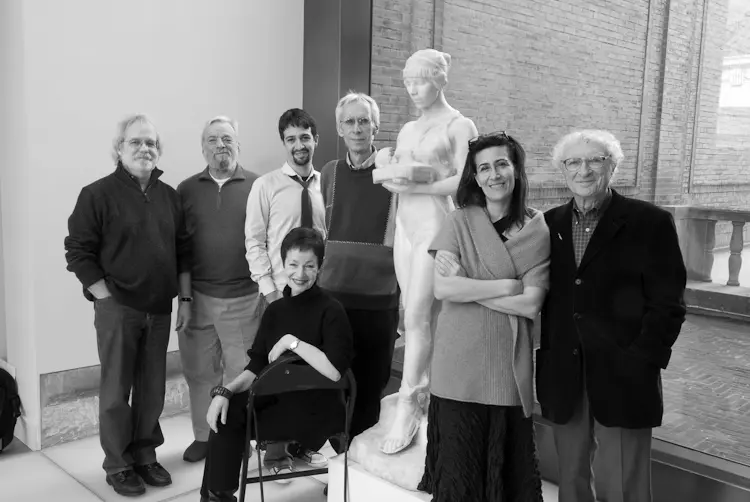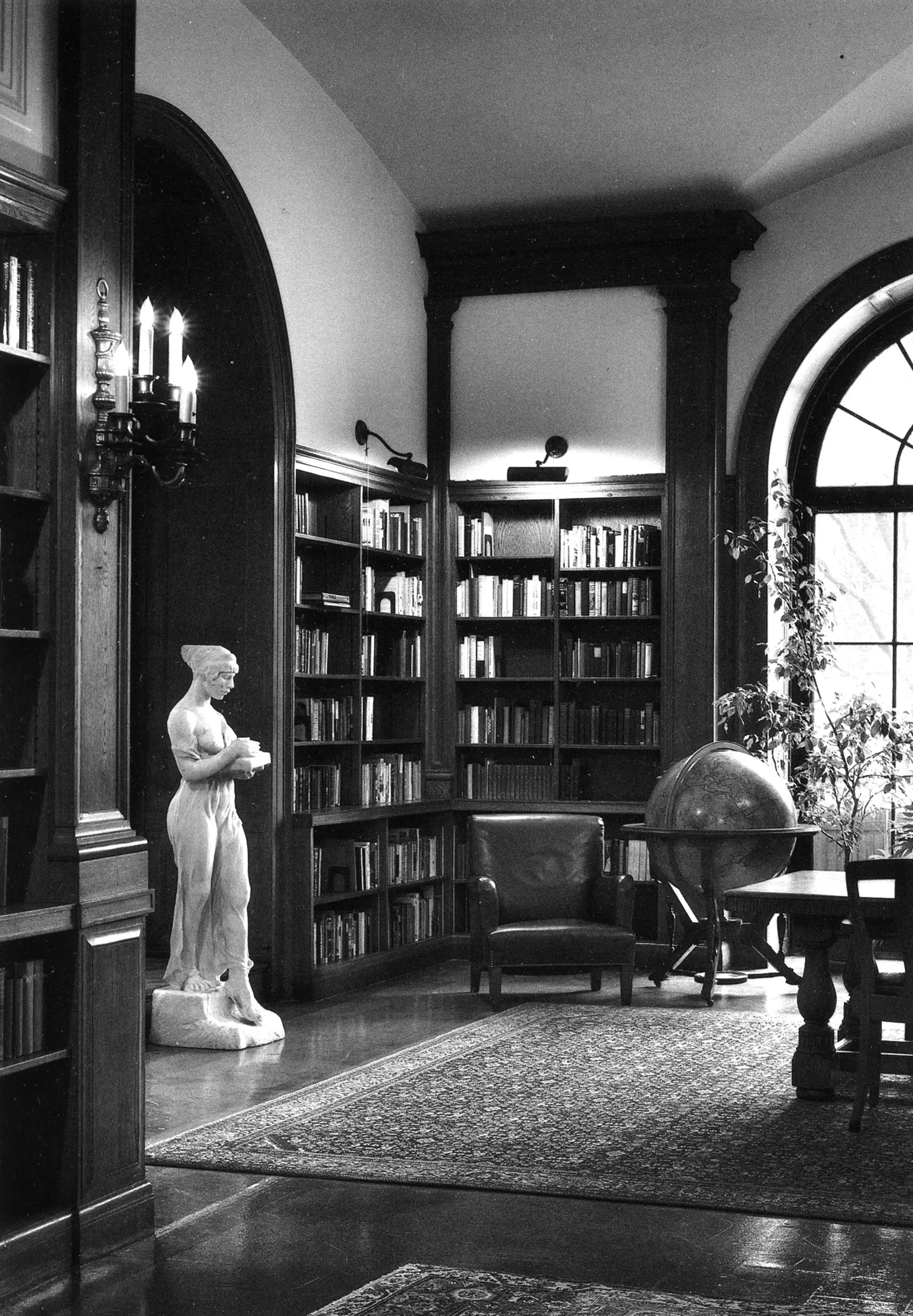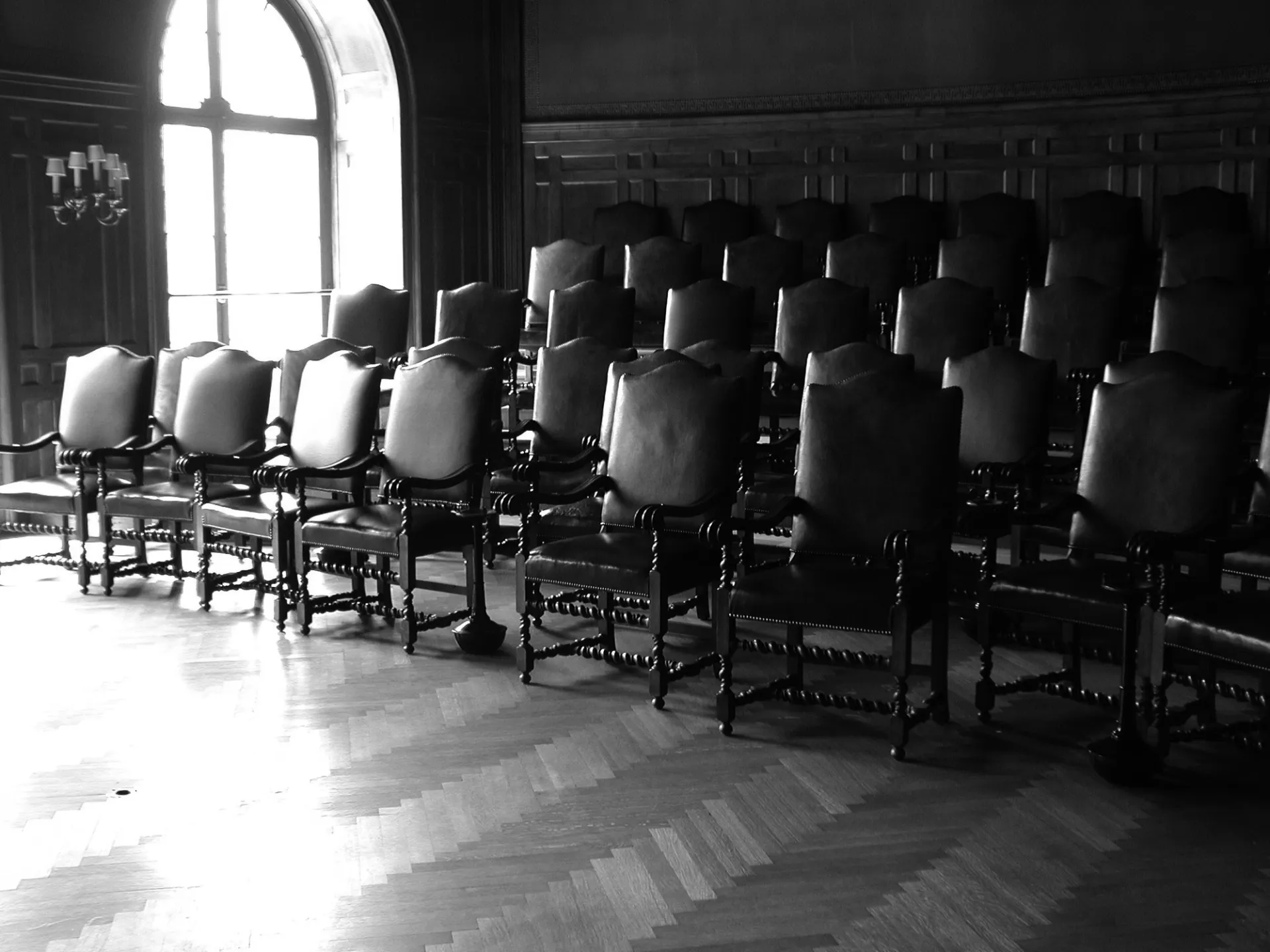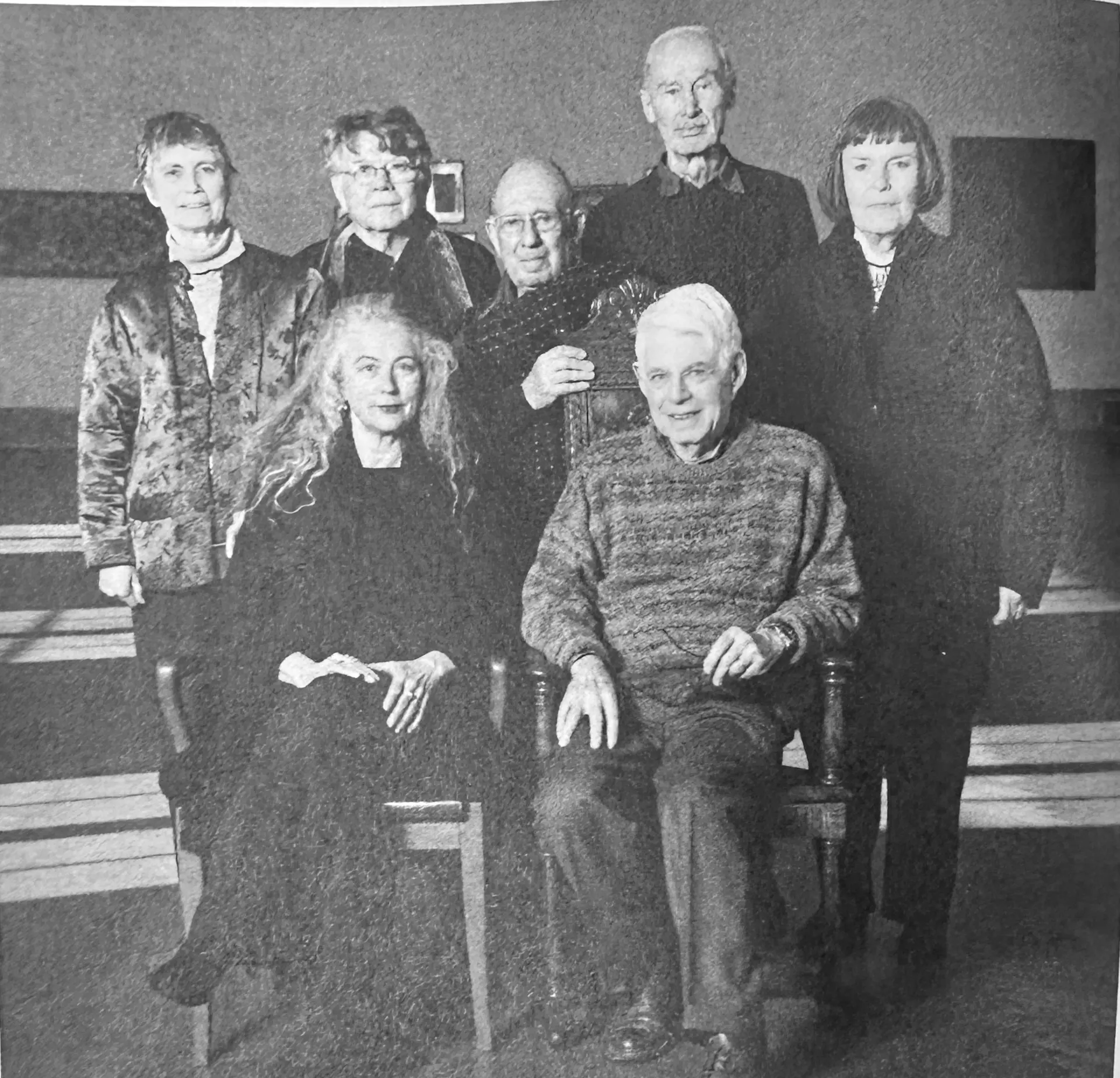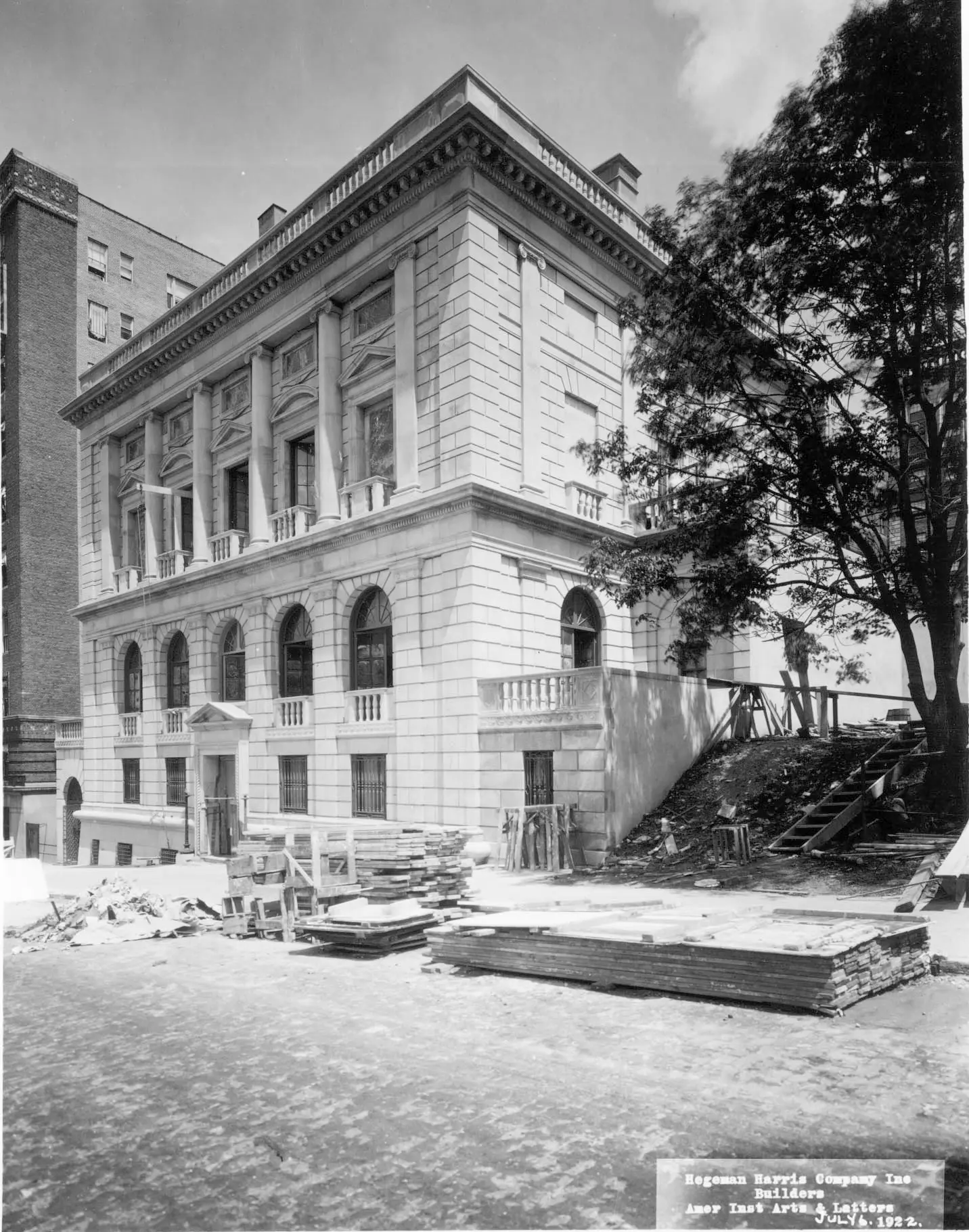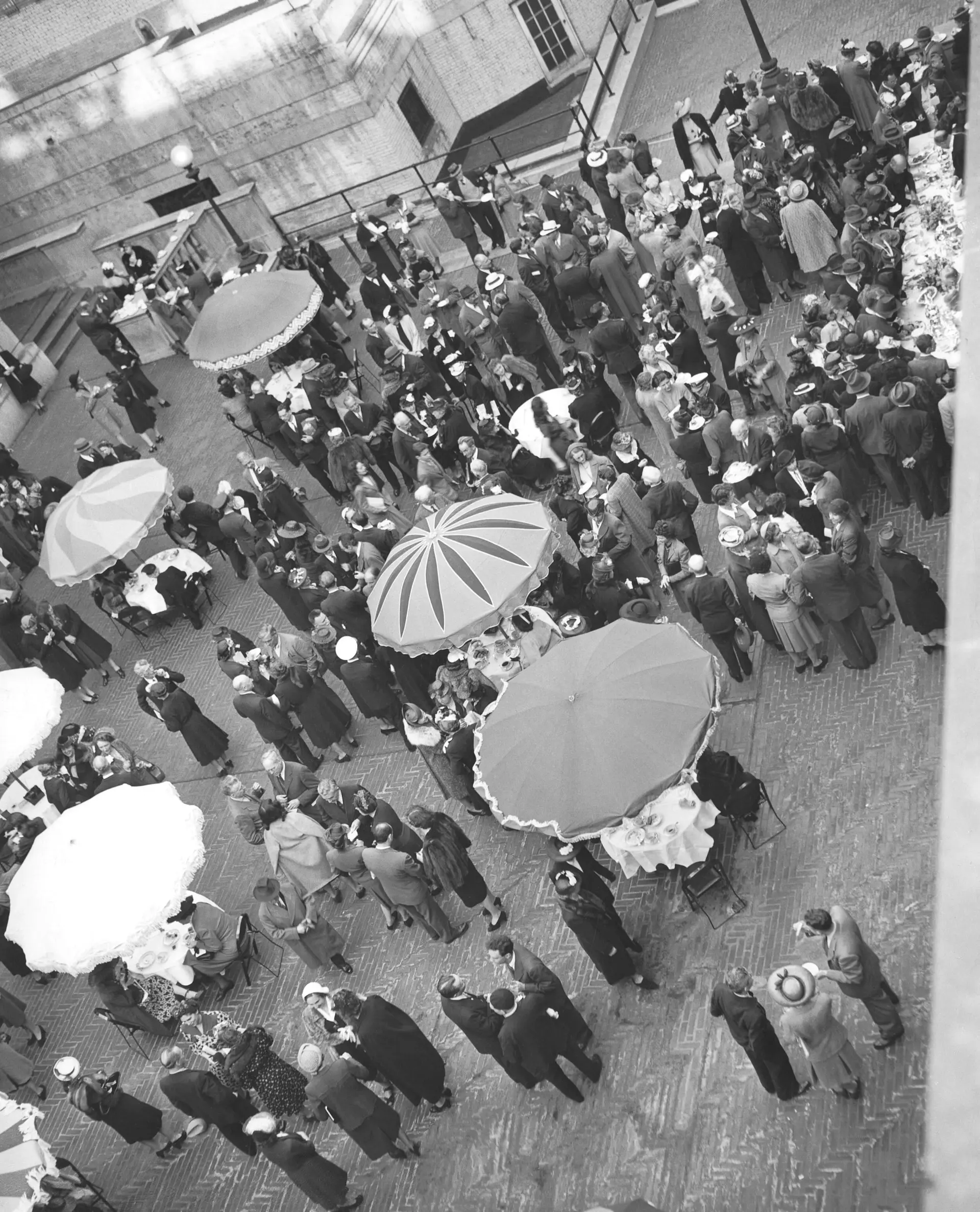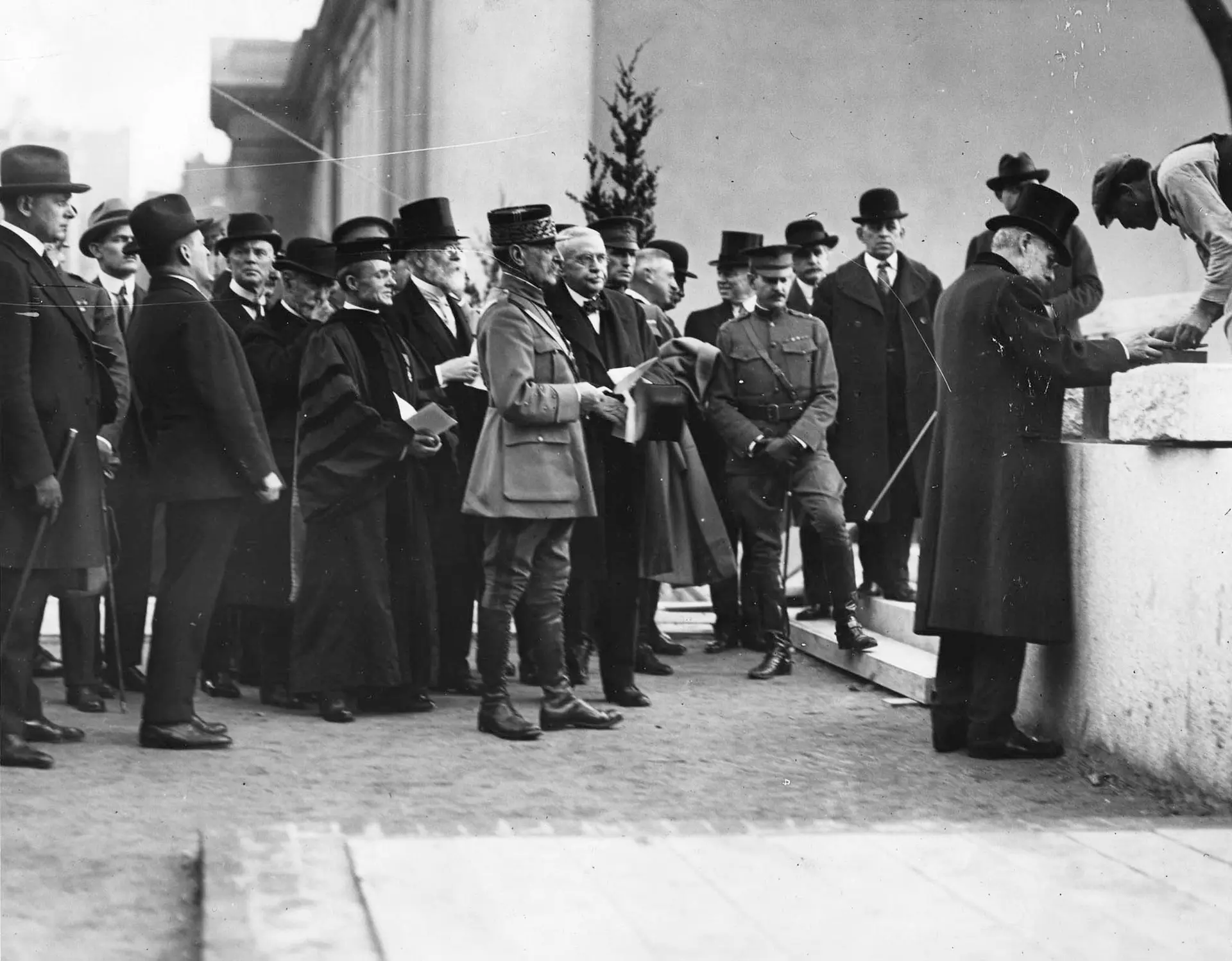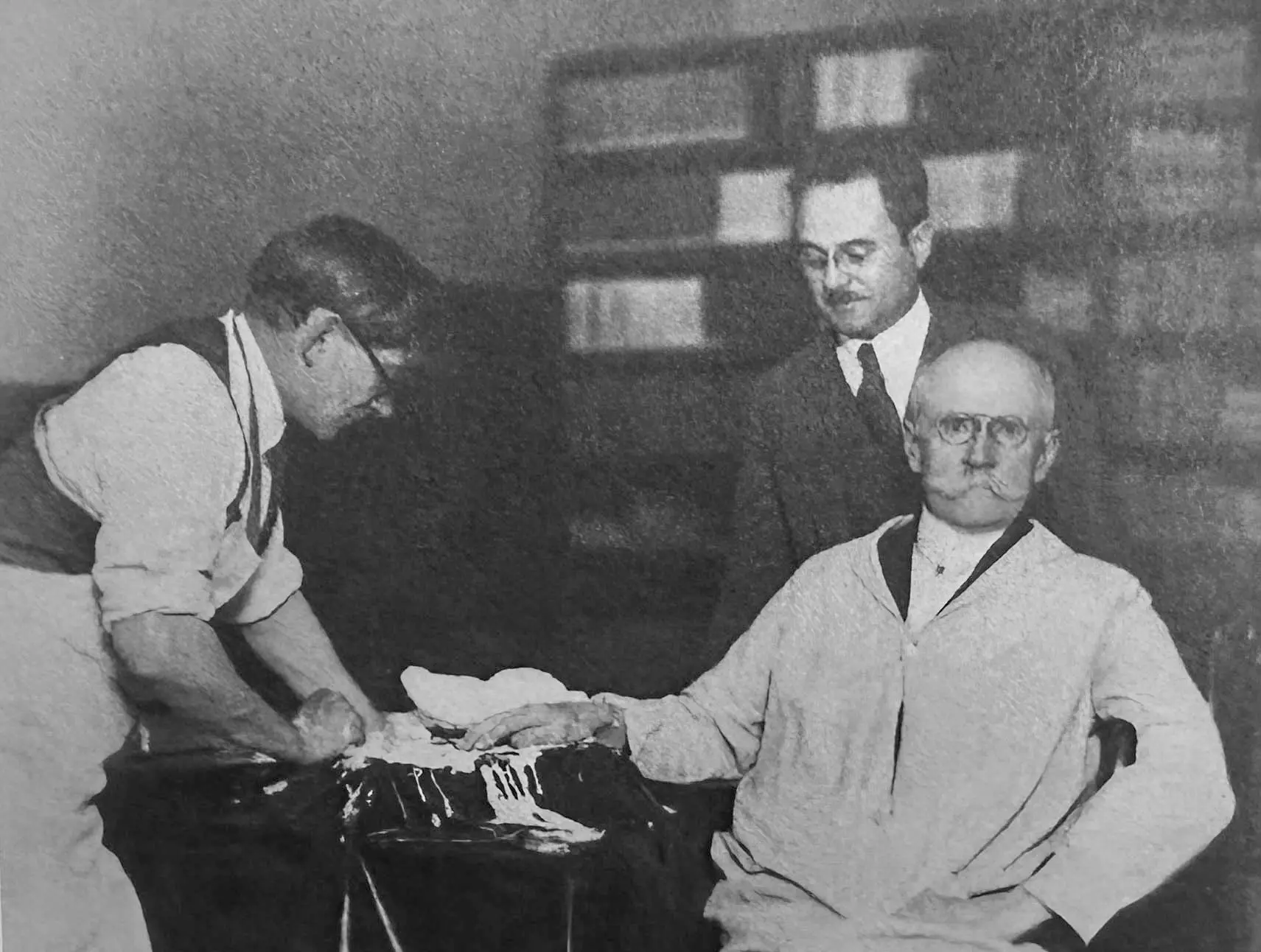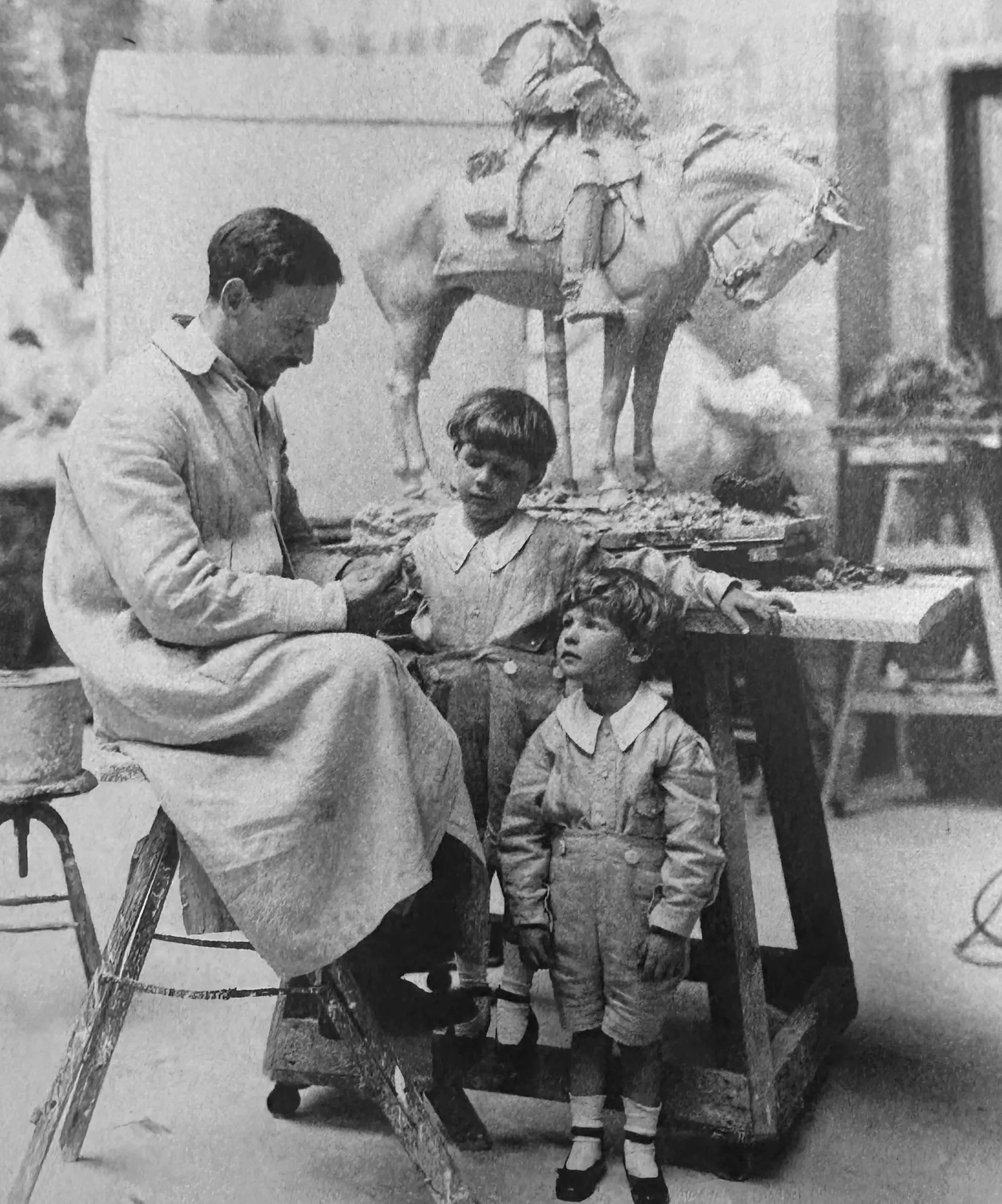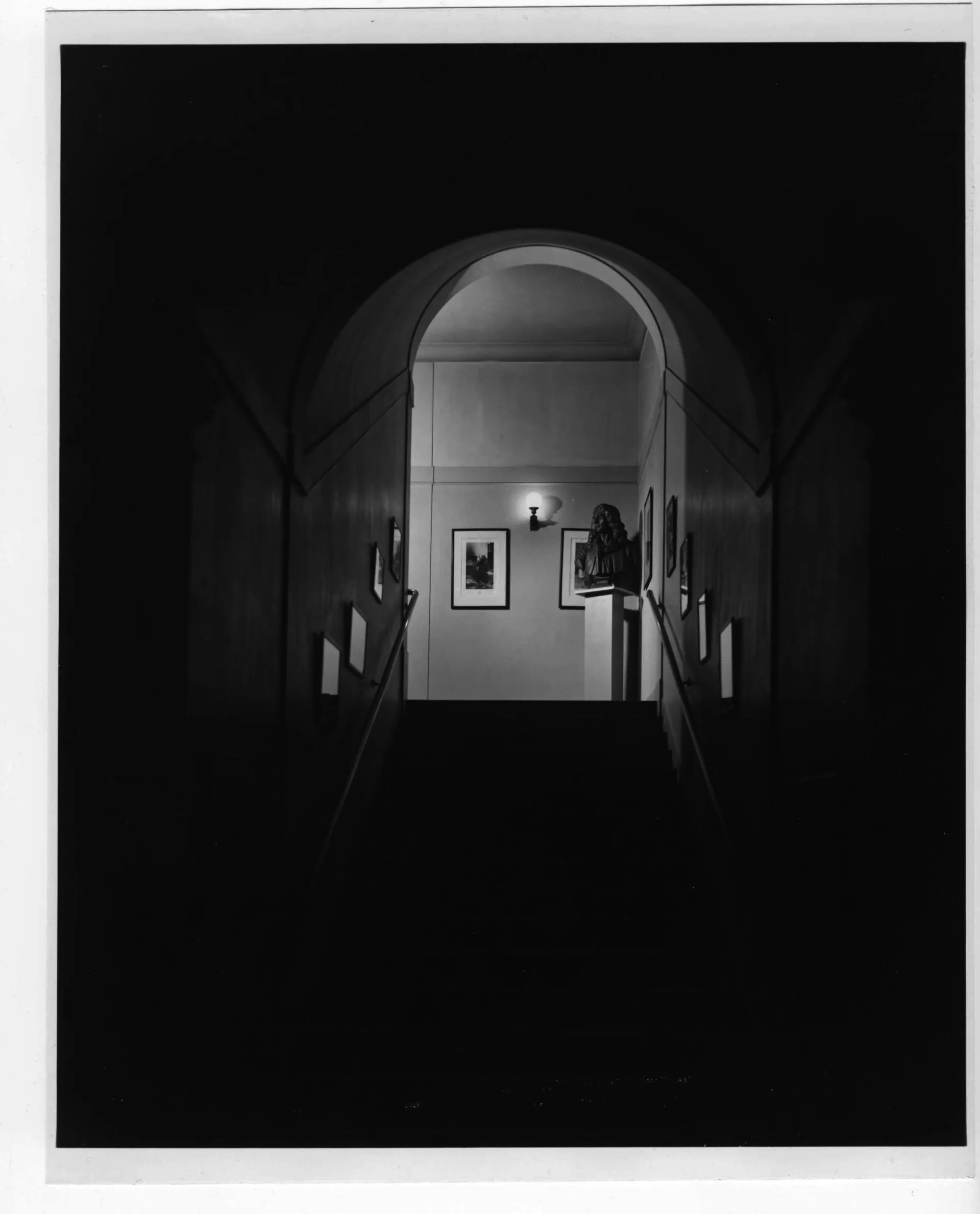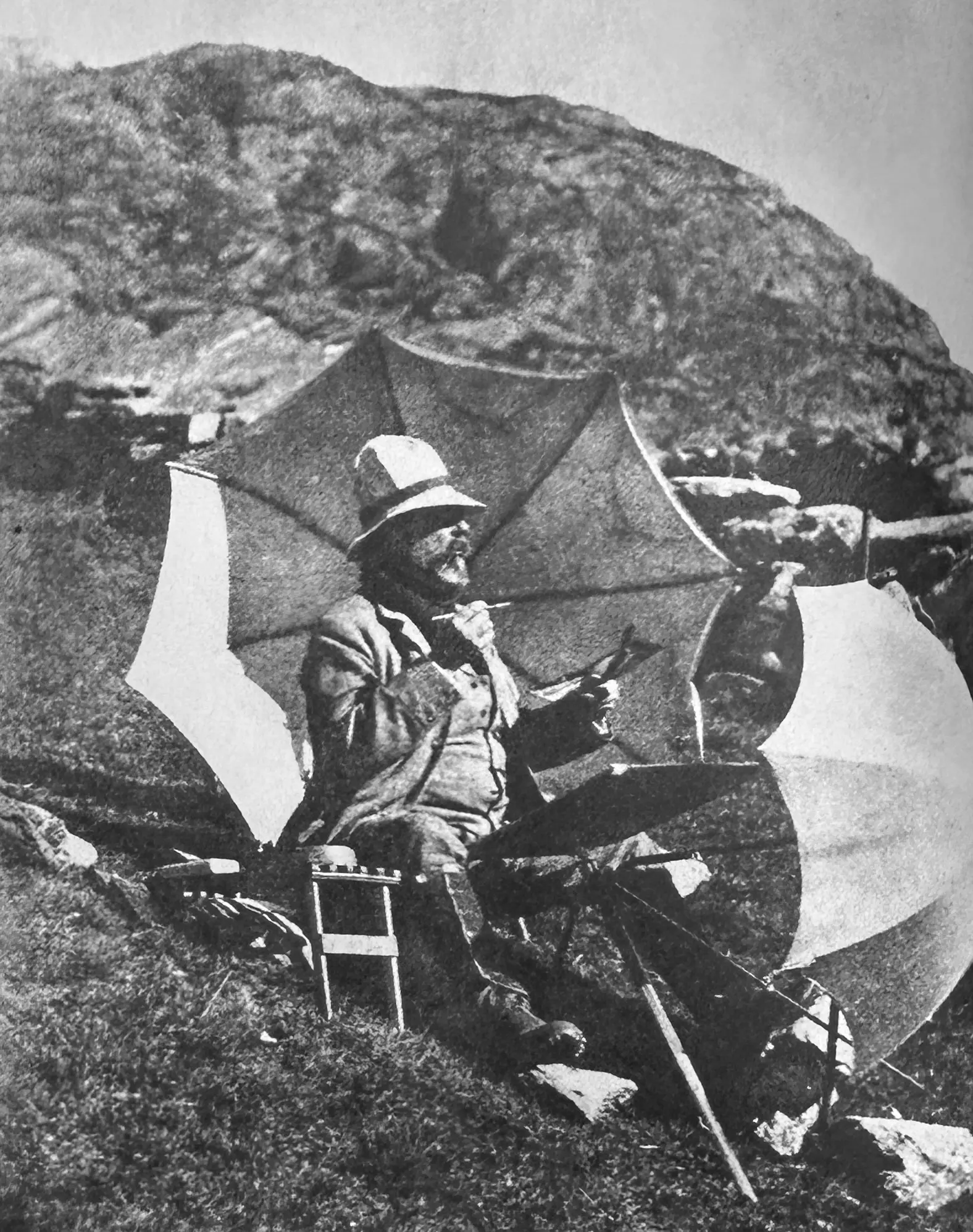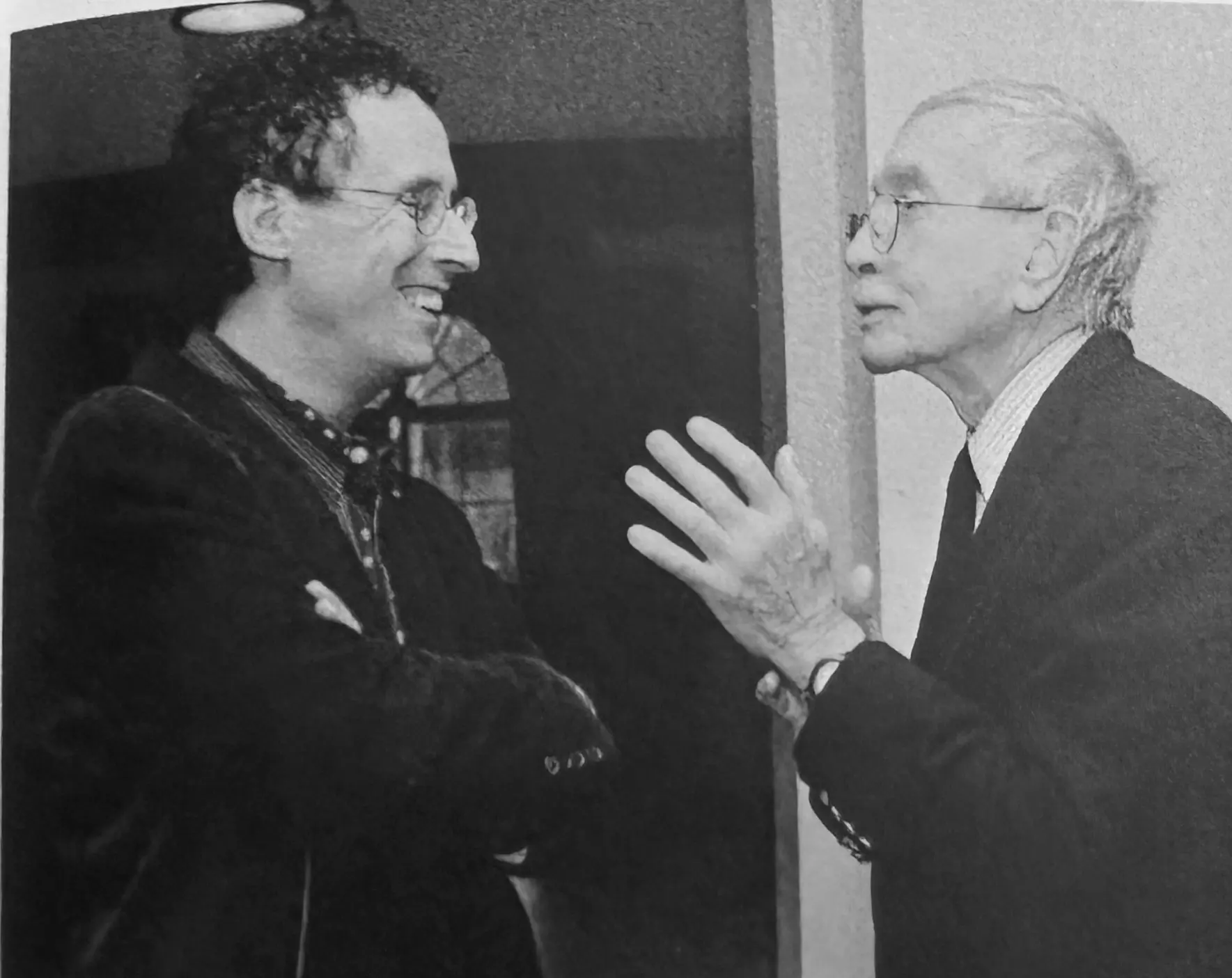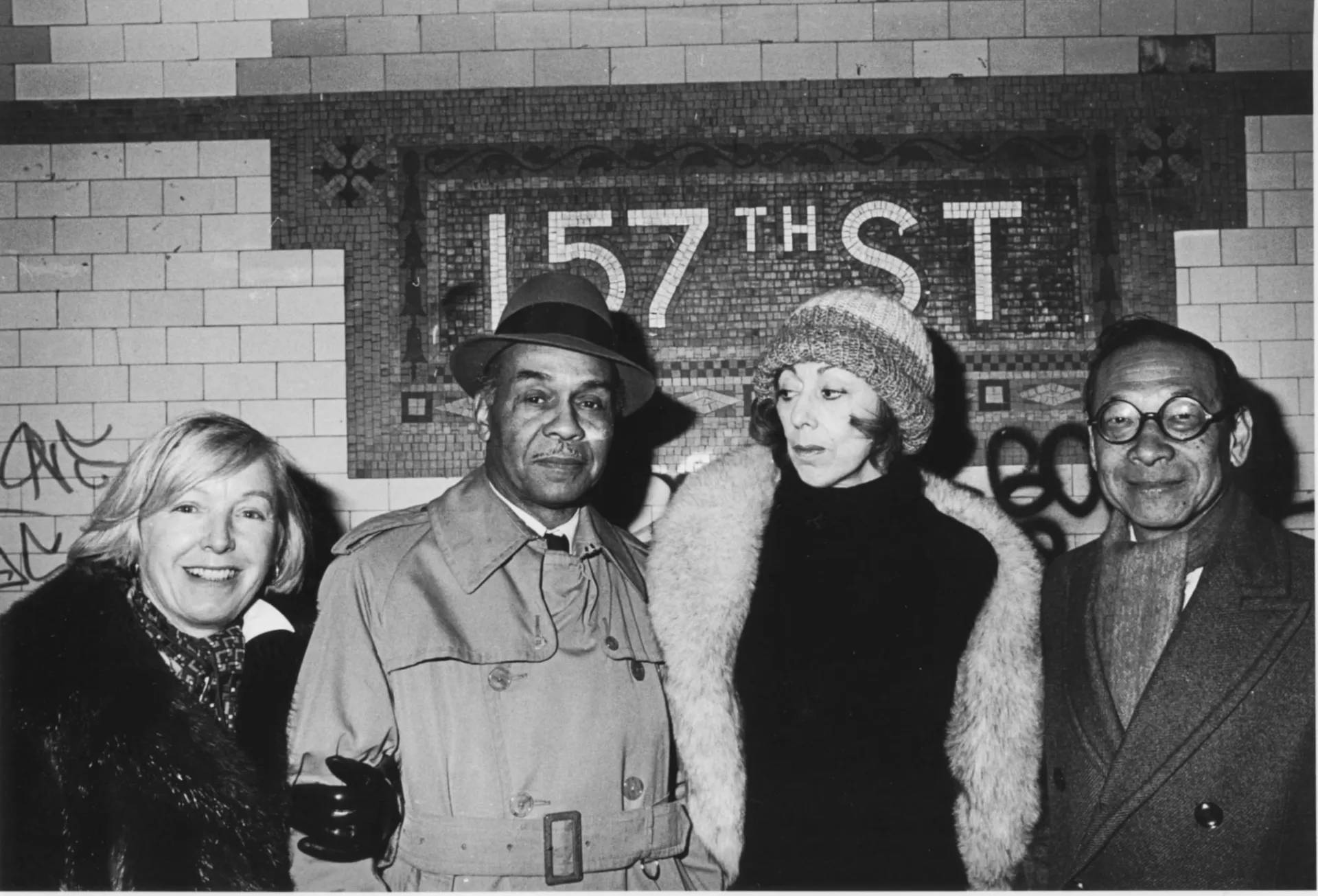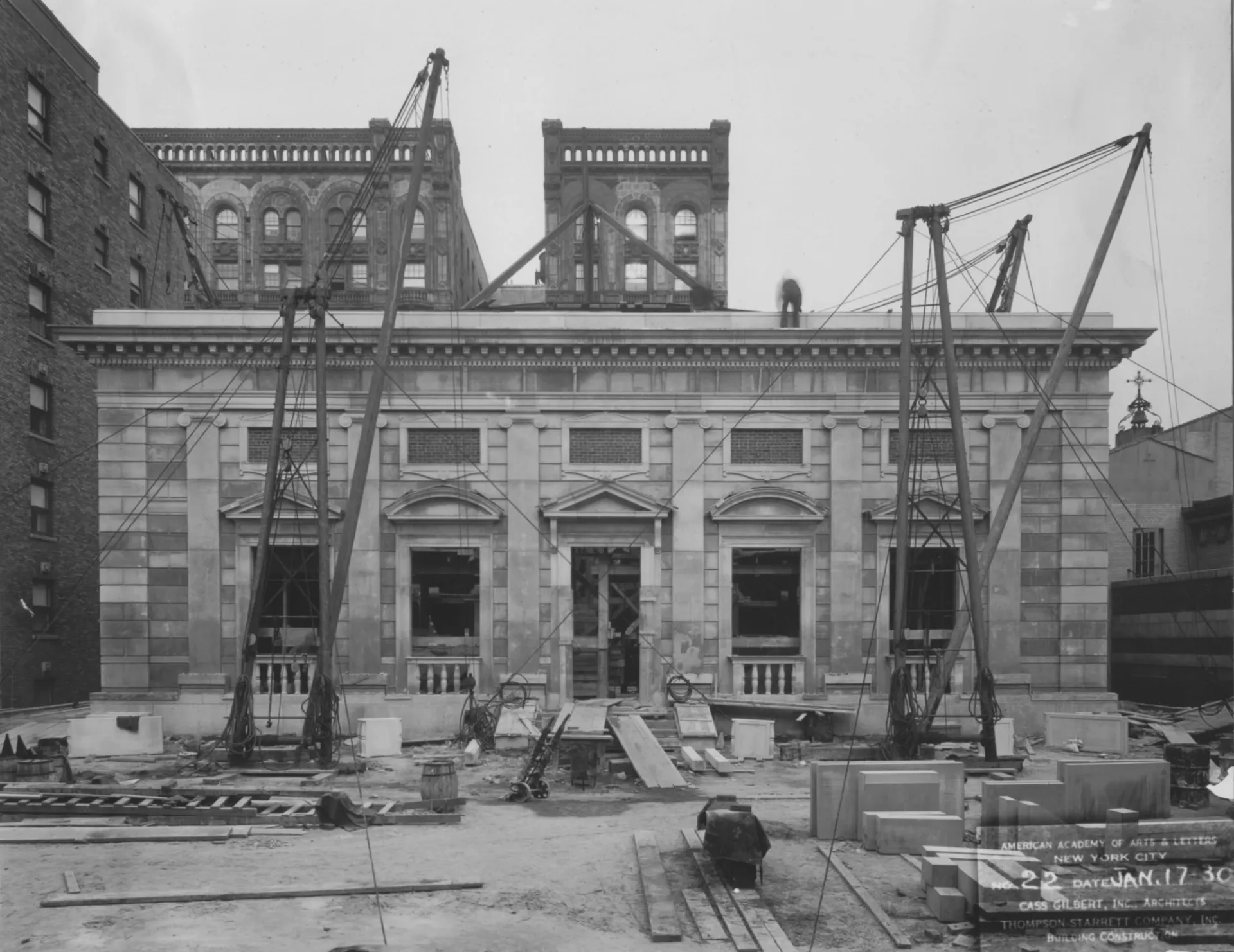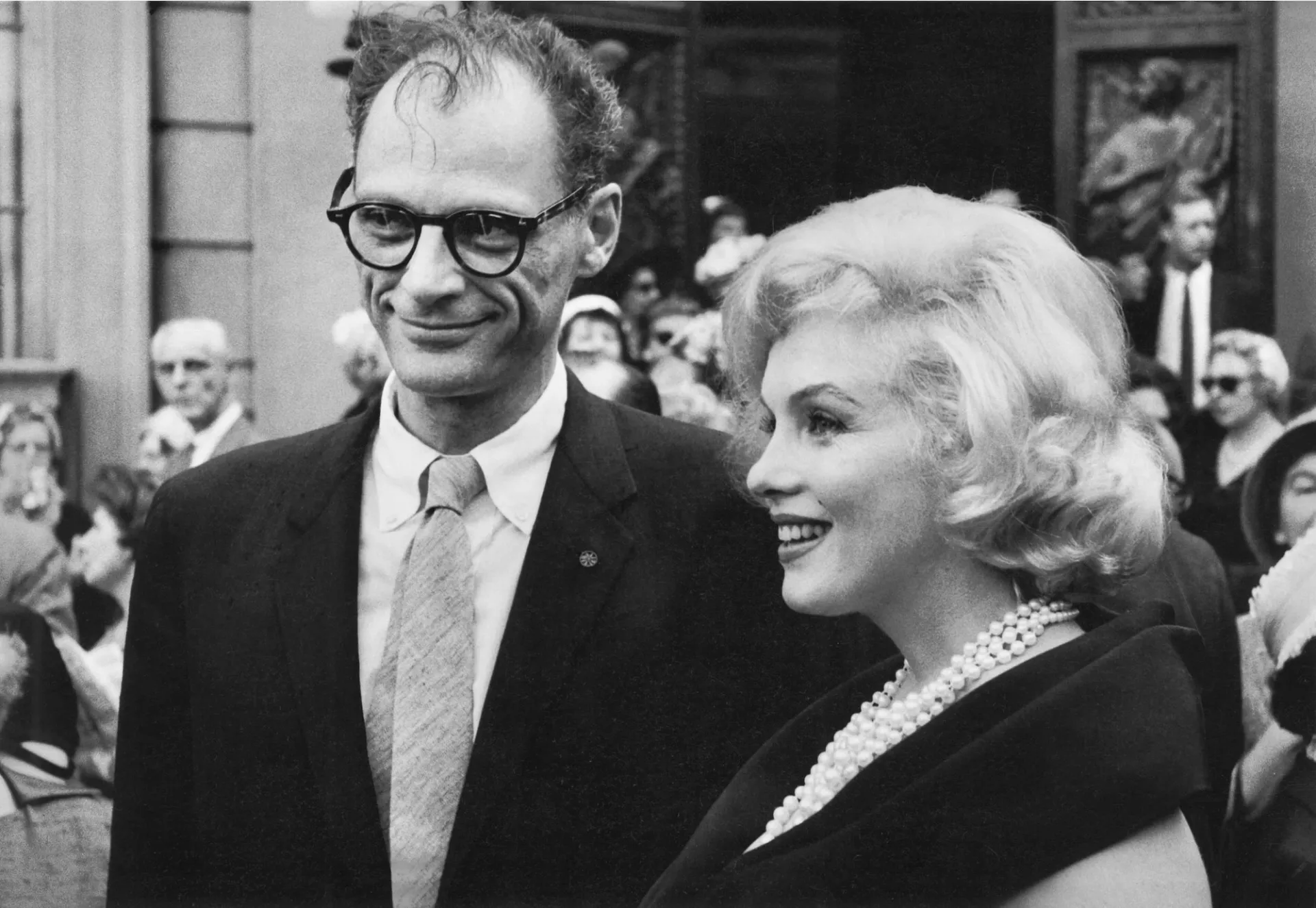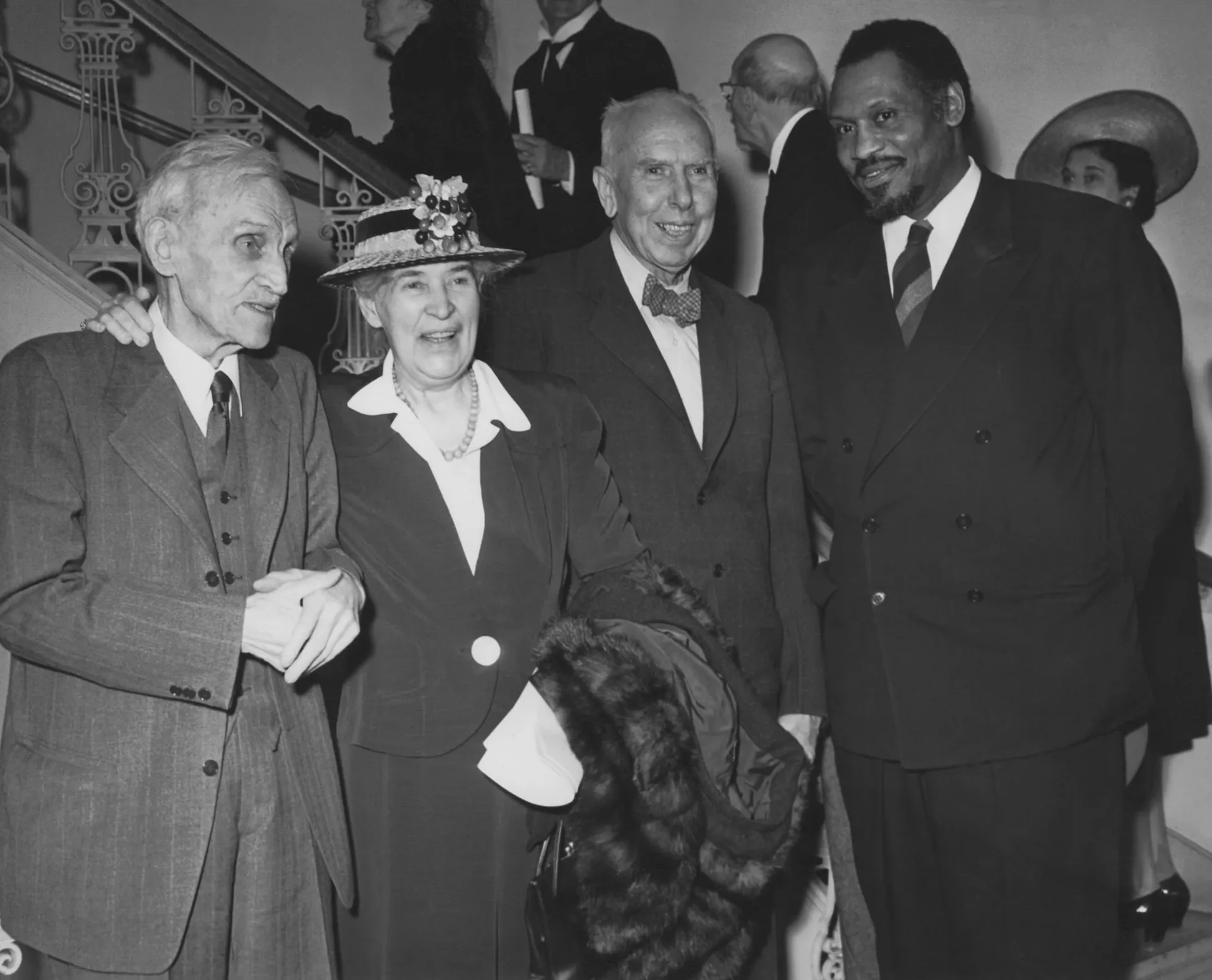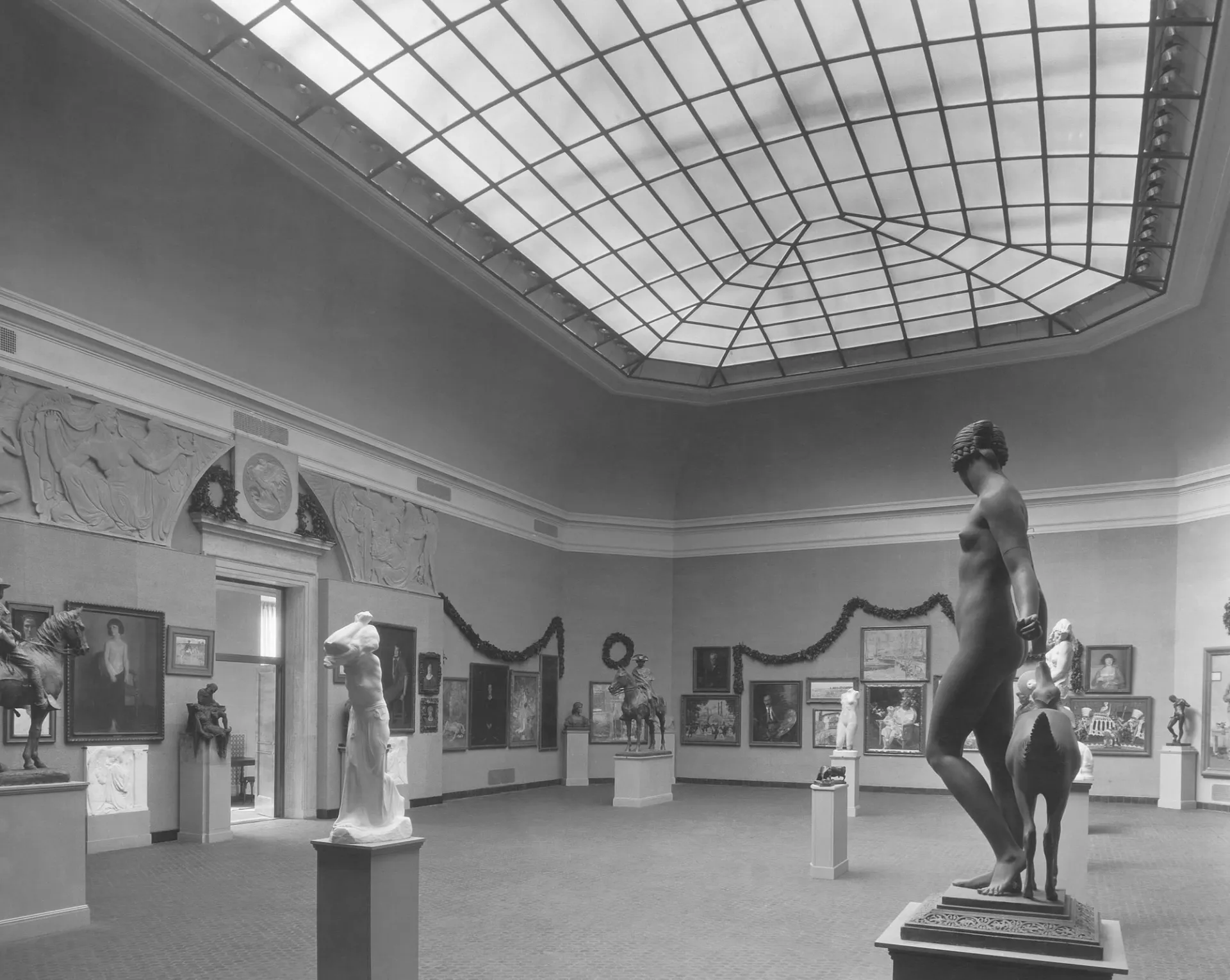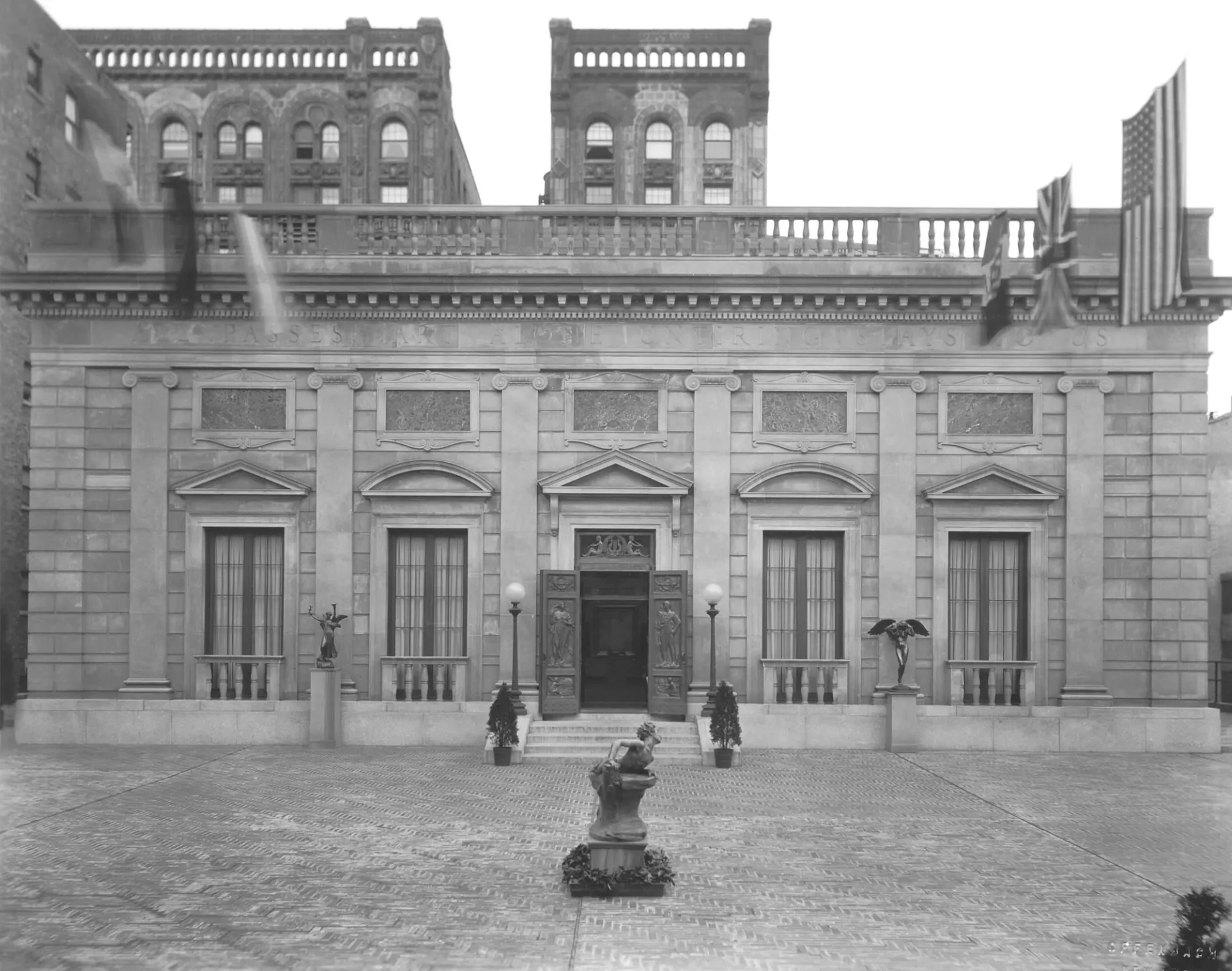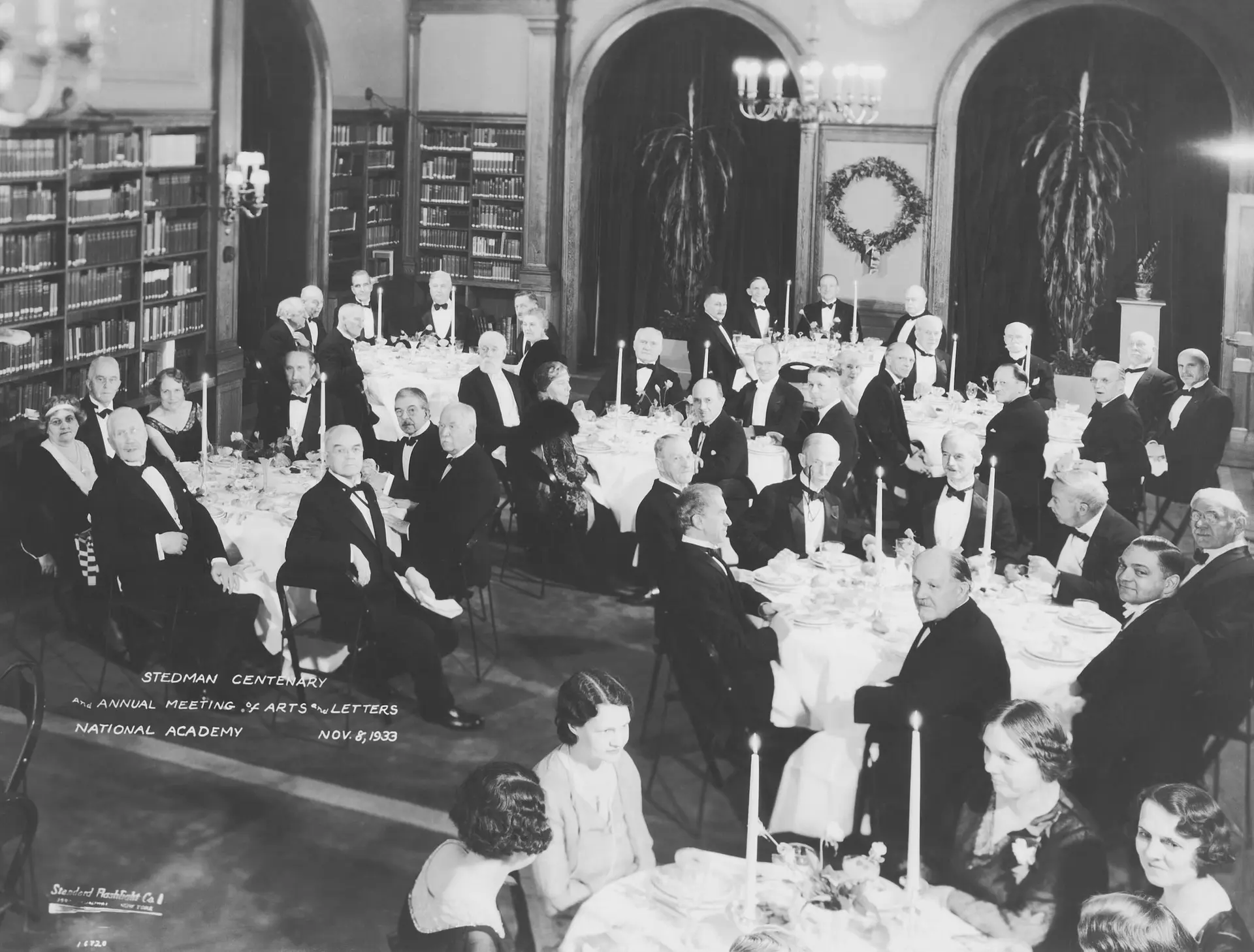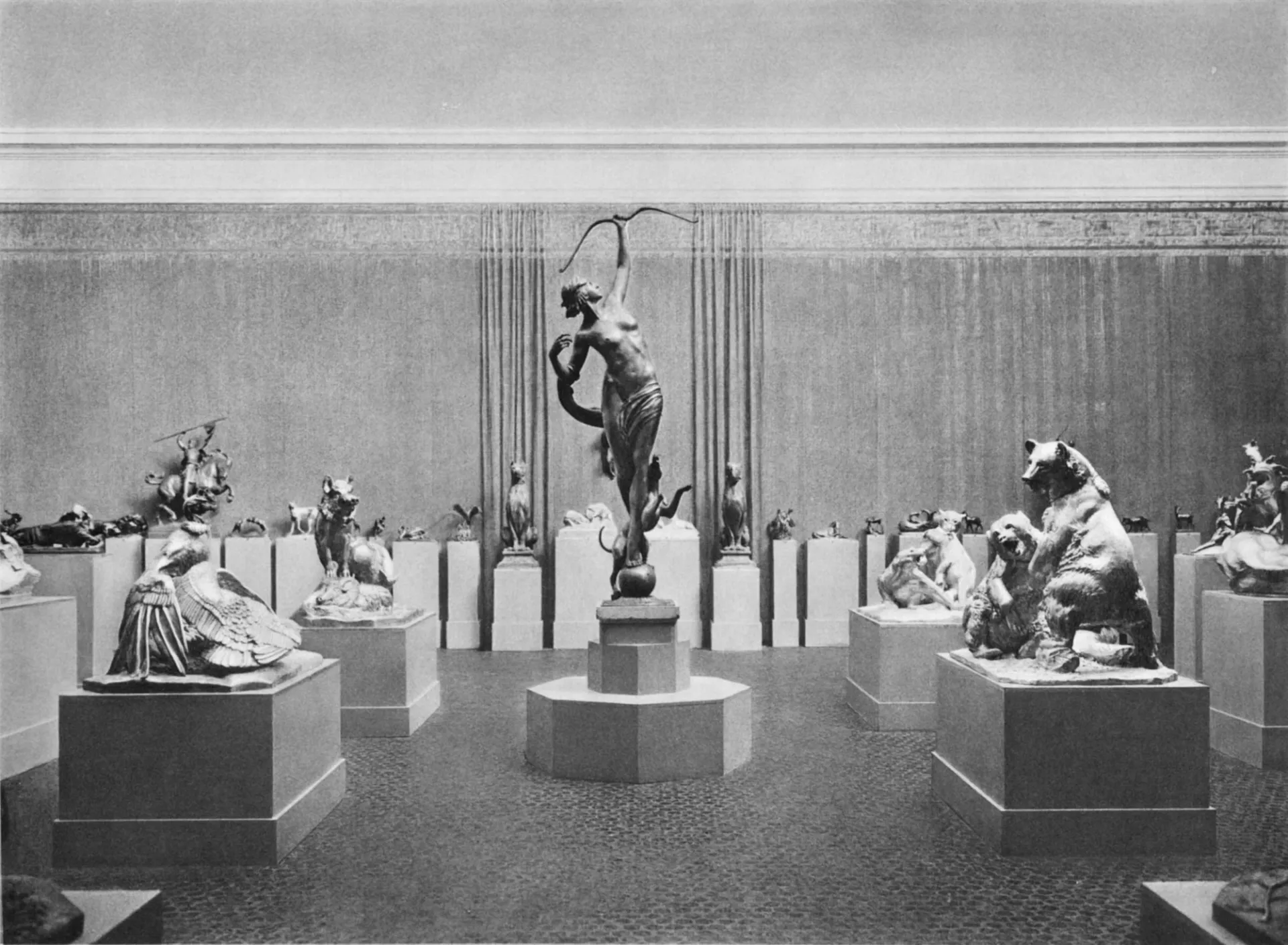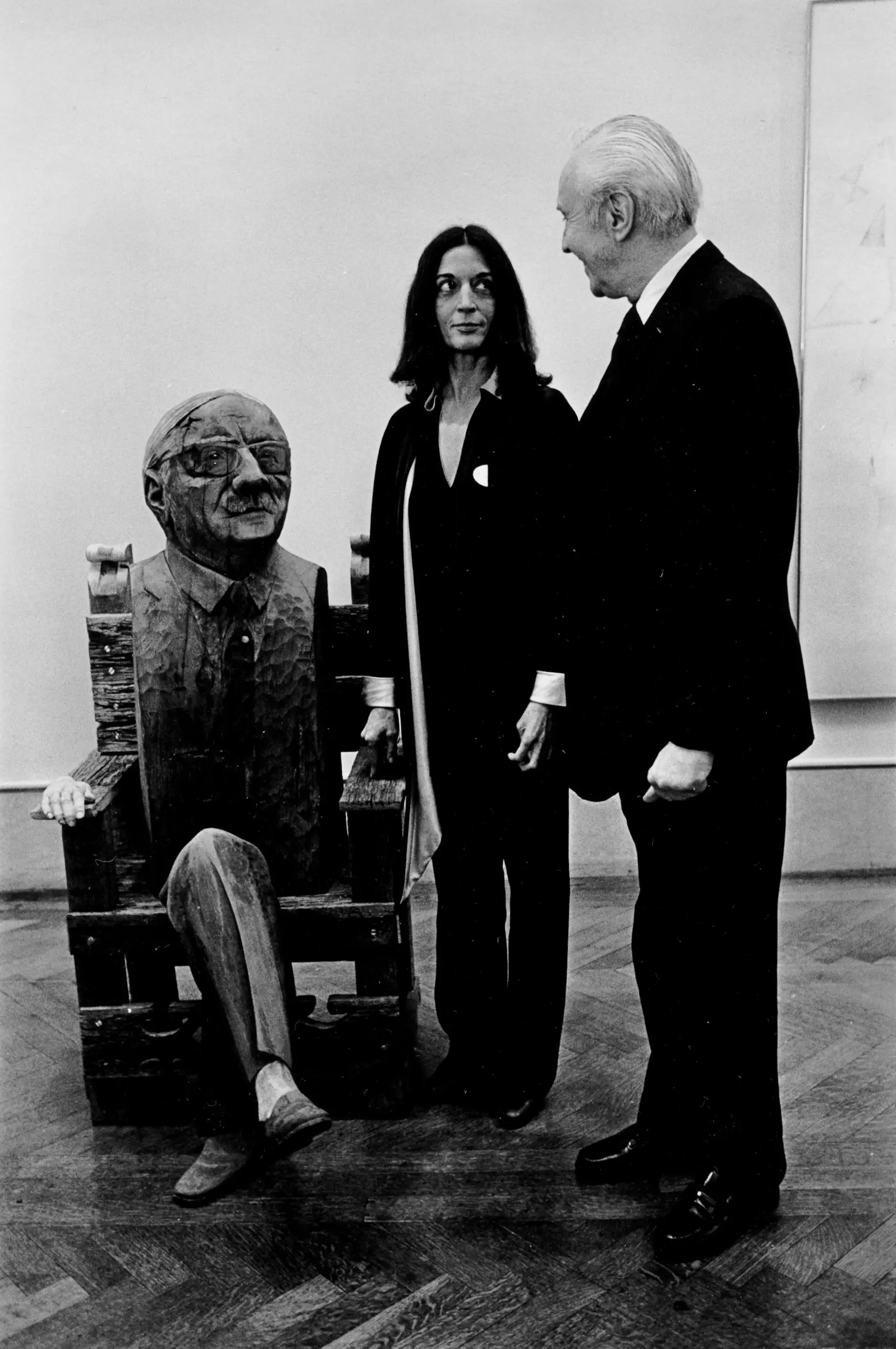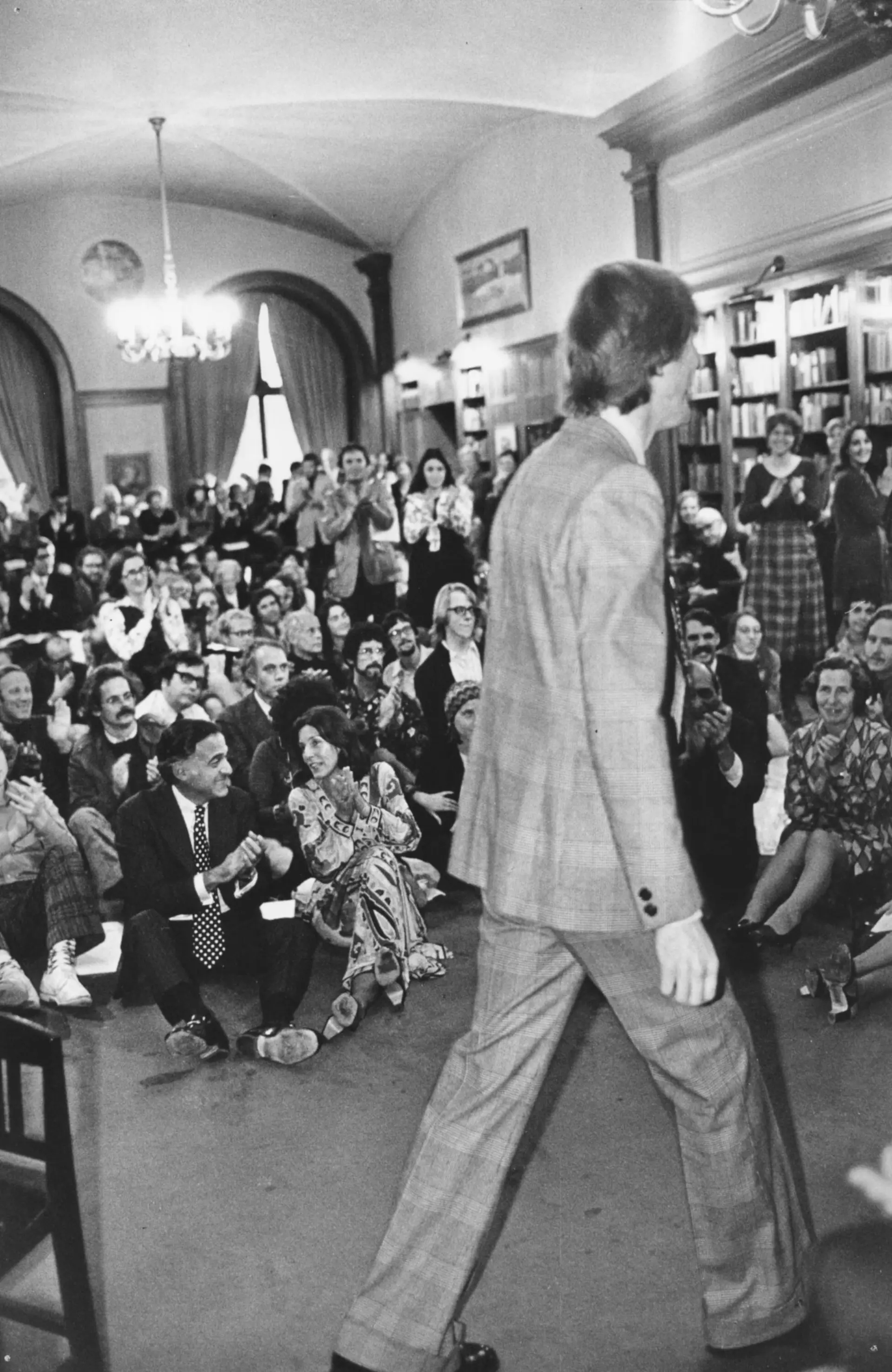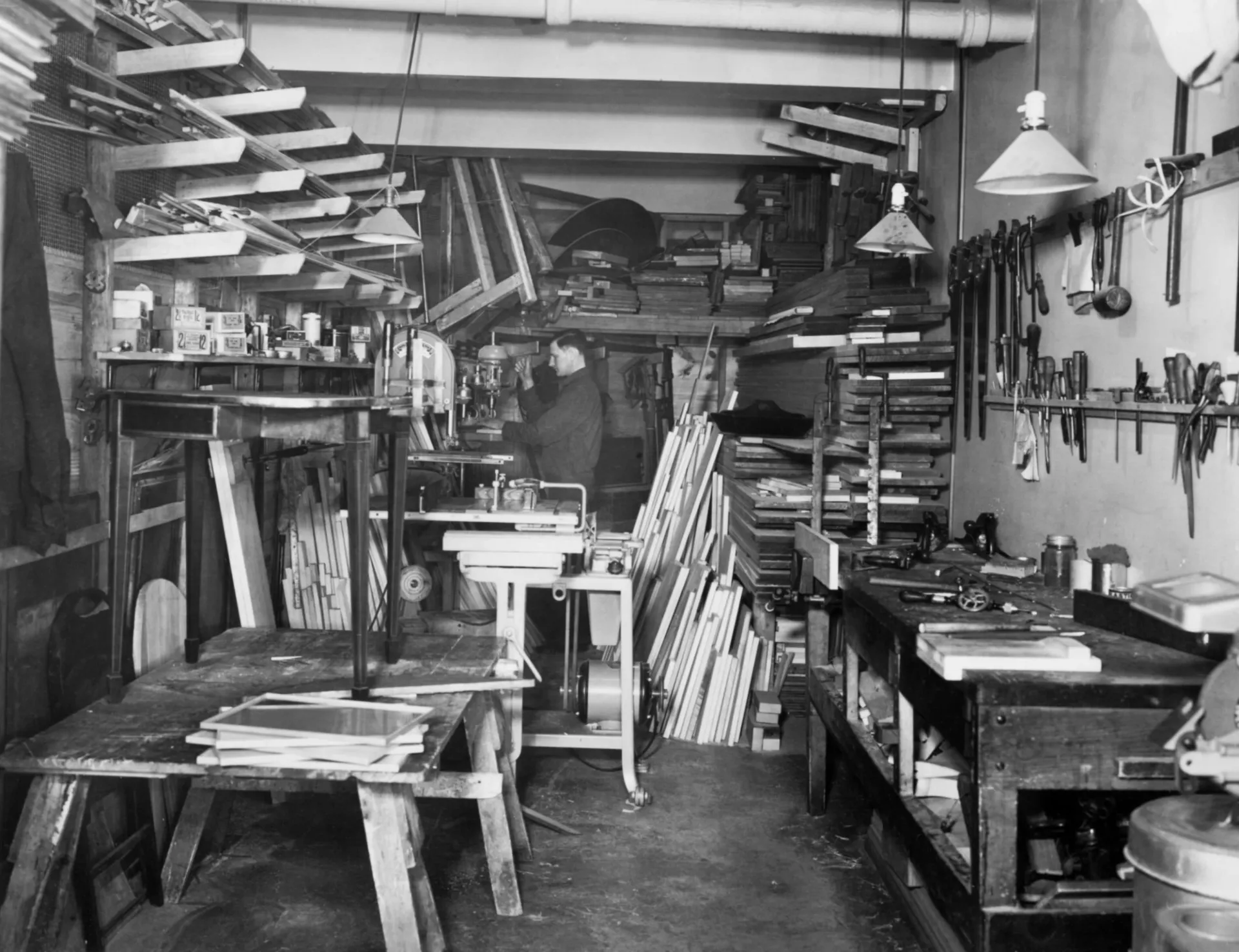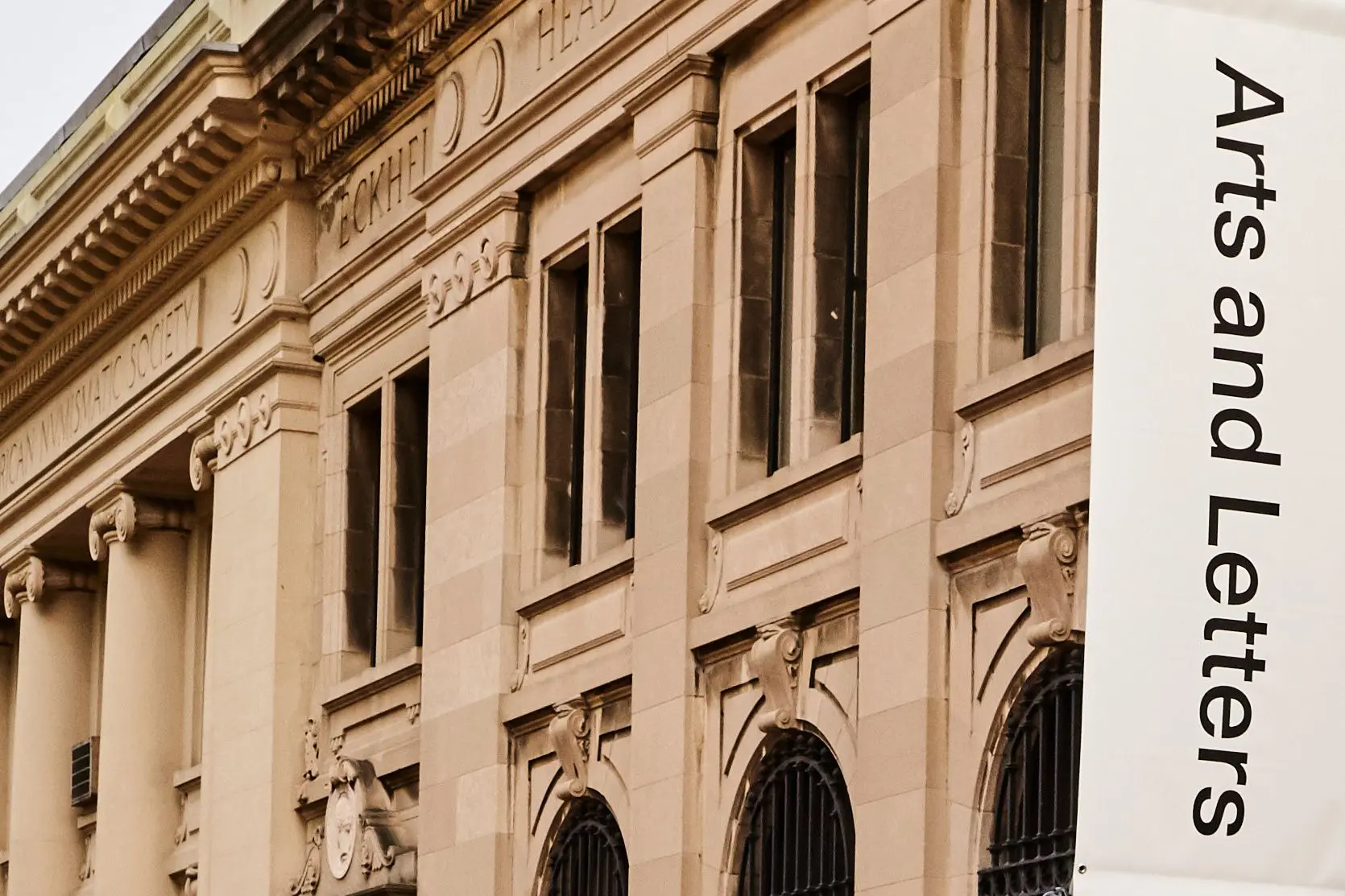Mission
Arts and Letters is an honor society of artists, architects, composers, and writers who foster and sustain interest in the arts. Our 300 members distribute over $1.2 million in awards annually; fund concerts and new works of musical theater; purchase and commission contemporary art for donation to museums across the country; and present exhibitions, talks, and events for the public at our historic buildings in the Washington Heights neighborhood of New York City.
History
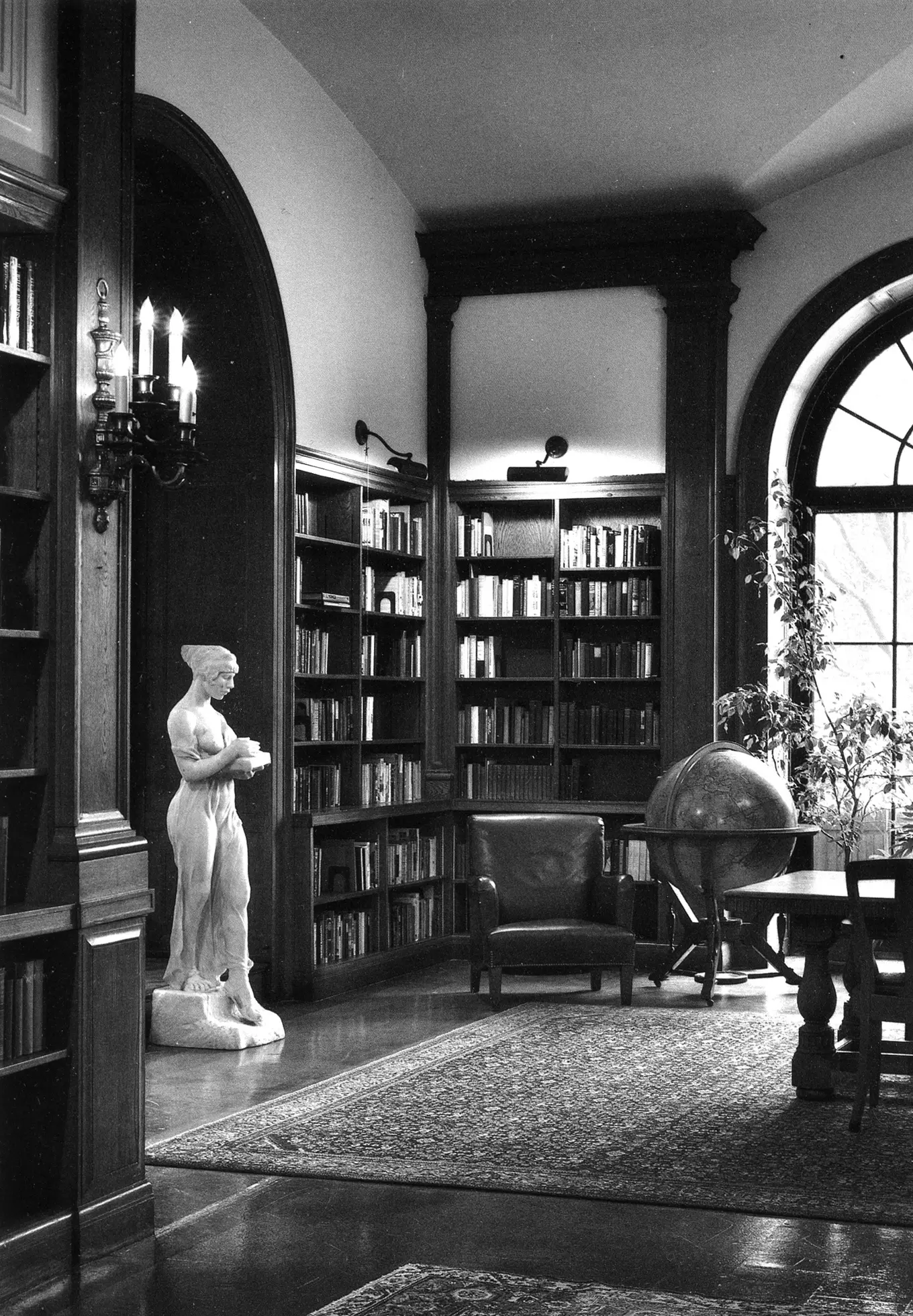
Founding History
First known as the National Institute of Arts and Letters, the American Academy of Arts and Letters was founded in 1898 for the “advancement of art and literature.” The Institute met for the first time in New York City in February 1899 and began electing members that fall. Architects, artists, writers, and composers of notable achievement were eligible, and membership was soon capped at 250. In 1913, President William Howard Taft signed an act of Congress incorporating the organization.
In 1904, the National Institute created the American Academy, a prestigious inner body of 50 members modeled on the Académie française. Only after being elected to the Institute was a member eligible for elevation to the Academy. This bicameral system of membership continued until 1993, when the Institute dissolved itself and all 250 members were enrolled in Arts and Letters. In 2020, the membership voted to amend the organization’s Charter and Bylaws to increase the membership from 250, where it had stood since 1908, to 300.
The activities of members include annual meetings and dinners, as well as opportunities to recognize and support other architects, artists, composers, and writers. Two member traditions that have endured throughout our history are the annual Ceremonial, when existing members induct new members and give awards and prizes to nonmember artists, and the reading of Tributes celebrating the life and work of deceased members.
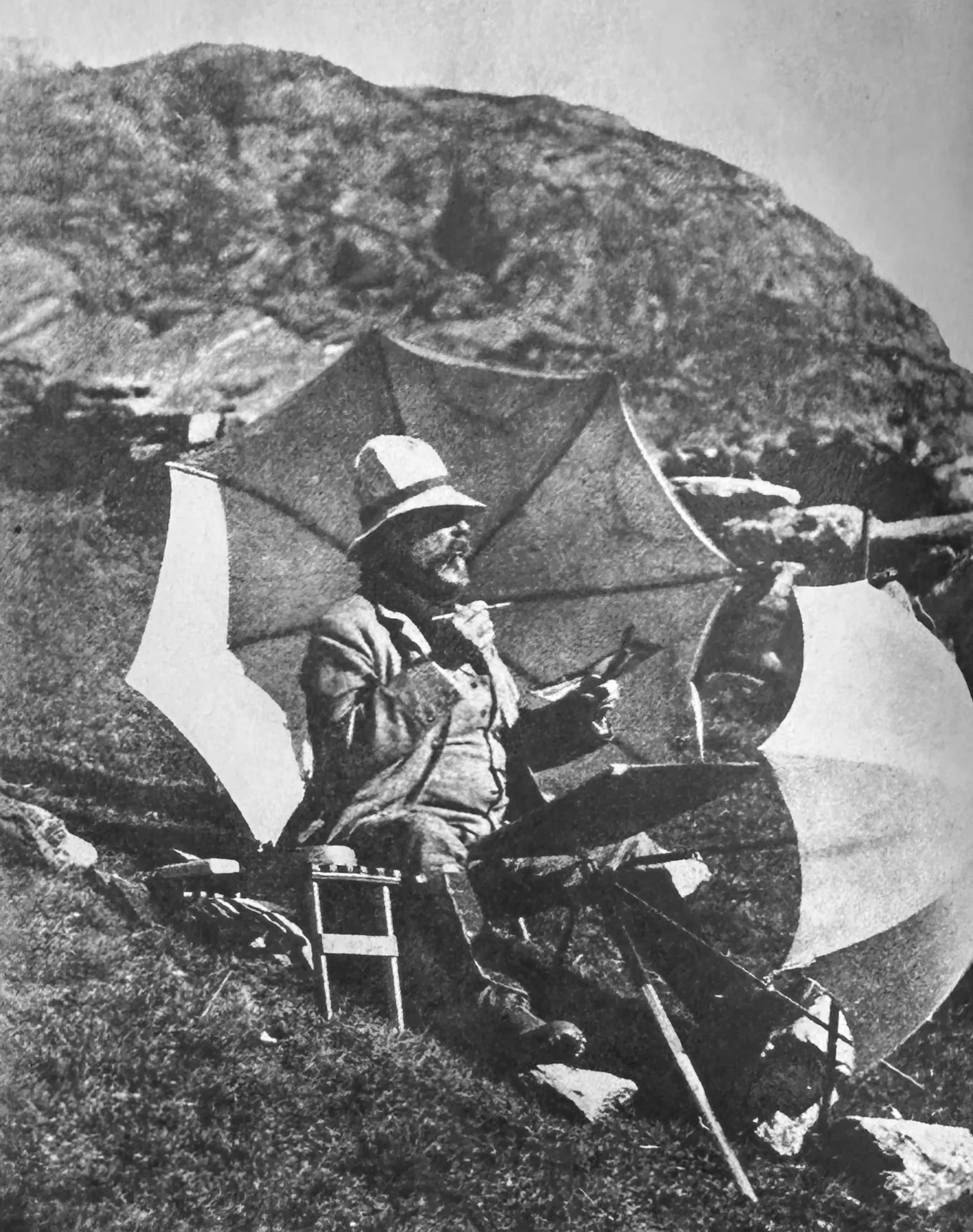
Artists Supporting Artists
The history of Arts and Letters is one of artists across disciplines creating a community of mutual support and recognition. In addition to honoring their peers through election to membership, members support nonmember artists through awards, prizes, art purchases, and commissions.
This program of recognition began in 1909, when the Board of Directors inaugurated its highest honor, the Gold Medal. In an effort to reach a wider number of artists, this program expanded in 1941 and 1942 with the establishment of the annual Arts and Letters Awards and Award of Merit Medal. Additional awards have since been endowed through gifts and bequests or established by the Board of Directors. We now give over 70 awards and prizes in the fields of Architecture, Art, Literature, and Music.
In 1914, writer, historian, and member Archer M. Huntington established an endowment to support operations and subsequently donated the land in Washington Heights, on which he paid to construct Art and Letters’s buildings. Other members including James Merrill left significant bequests, while others such as Childe Hassam and Charles Ives gave more creative means of support. Hassam bequeathed over 400 artworks, the sales of which have been used to purchase works by living American artists for donation to museums across the United States. Ives’s widow, Harmony Ives, bequeathed the copyright and royalties from her husband’s music, which have funded over $4 million in awards to composers since 1970. More recent support has come from Gwendolyn Knight Lawrence and Jacob Lawrence, Catherine and Otto Luening, and Amber Lightfoot Walker. A complete list of major donors may be found on our support page.
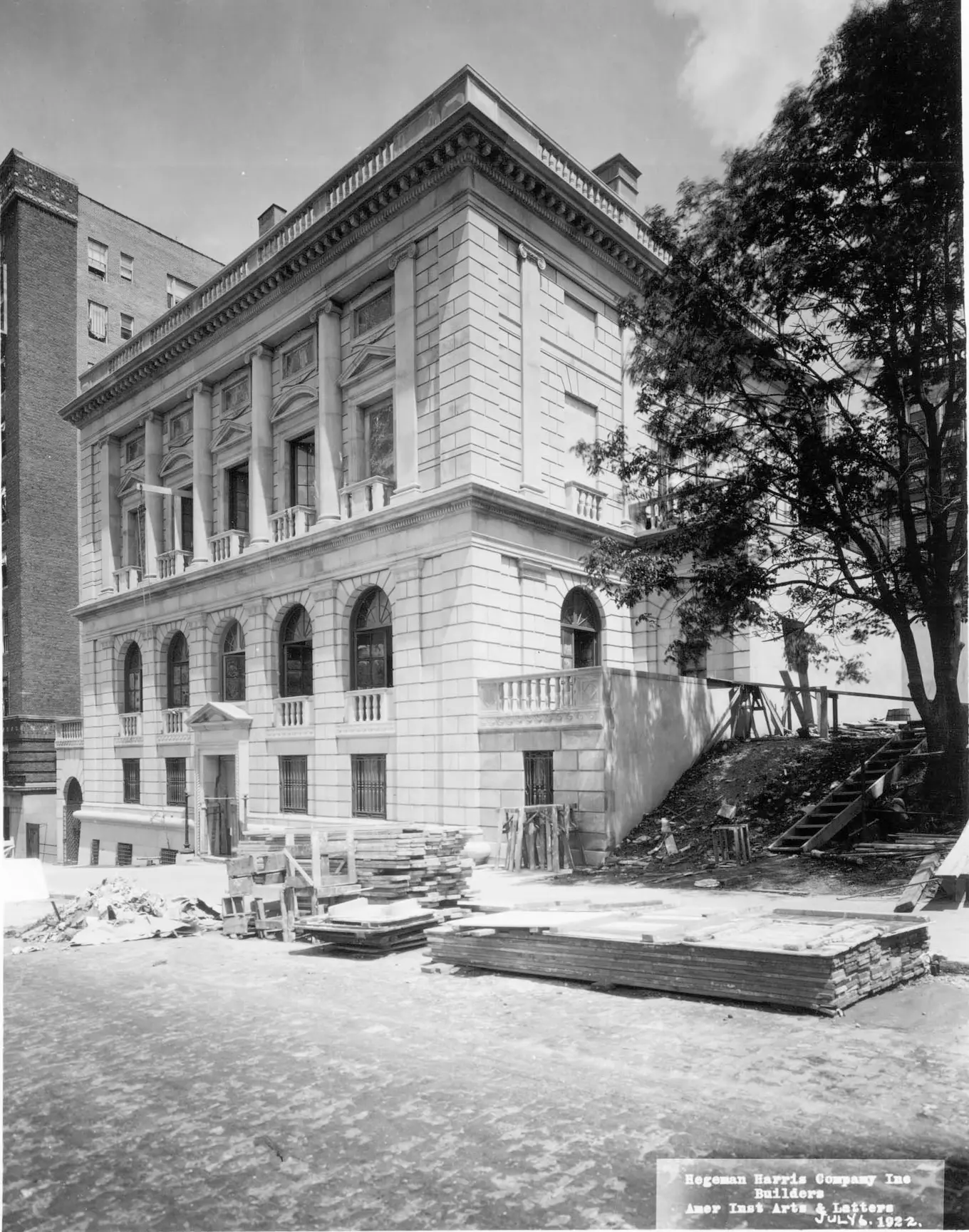
Buildings and Architecture
Arts and Letters occupies three buildings on the west end of Audubon Terrace in Washington Heights. Its original Beaux Arts building was completed in 1923 and designed by member William Mitchell Kendall, from the architecture firm McKim, Mead, & White; it houses the Library, Members’ Room, galleries, and staff offices. A second building, designed by member Cass Gilbert, was completed in 1930, and includes a 730-seat auditorium and skylit exhibition gallery. Construction of both buildings was funded by writer, historian, and member Archer M. Huntington, who was responsible for the development of Audubon Terrace as a cultural complex.
In 2005, Arts and Letters purchased the former headquarters of the American Numismatic Society, located in a neighboring building on Audubon Terrace. Architect James Vincent Czajka, in consultation with member Henry N. Cobb and Michael Flynn of Pei Cobb Freed & Partners, designed a glass link to connect this building with the original buildings. The former Numismatic Society building houses galleries and a permanent installation of composer Charles Ives’s studio.
In 2019, the Board of Directors approved a multiphase plan for major capital improvements across Art and Letters’s buildings. These improvements enabled us to be open to the public year-round with arts programming and events beginning in Fall 2024.
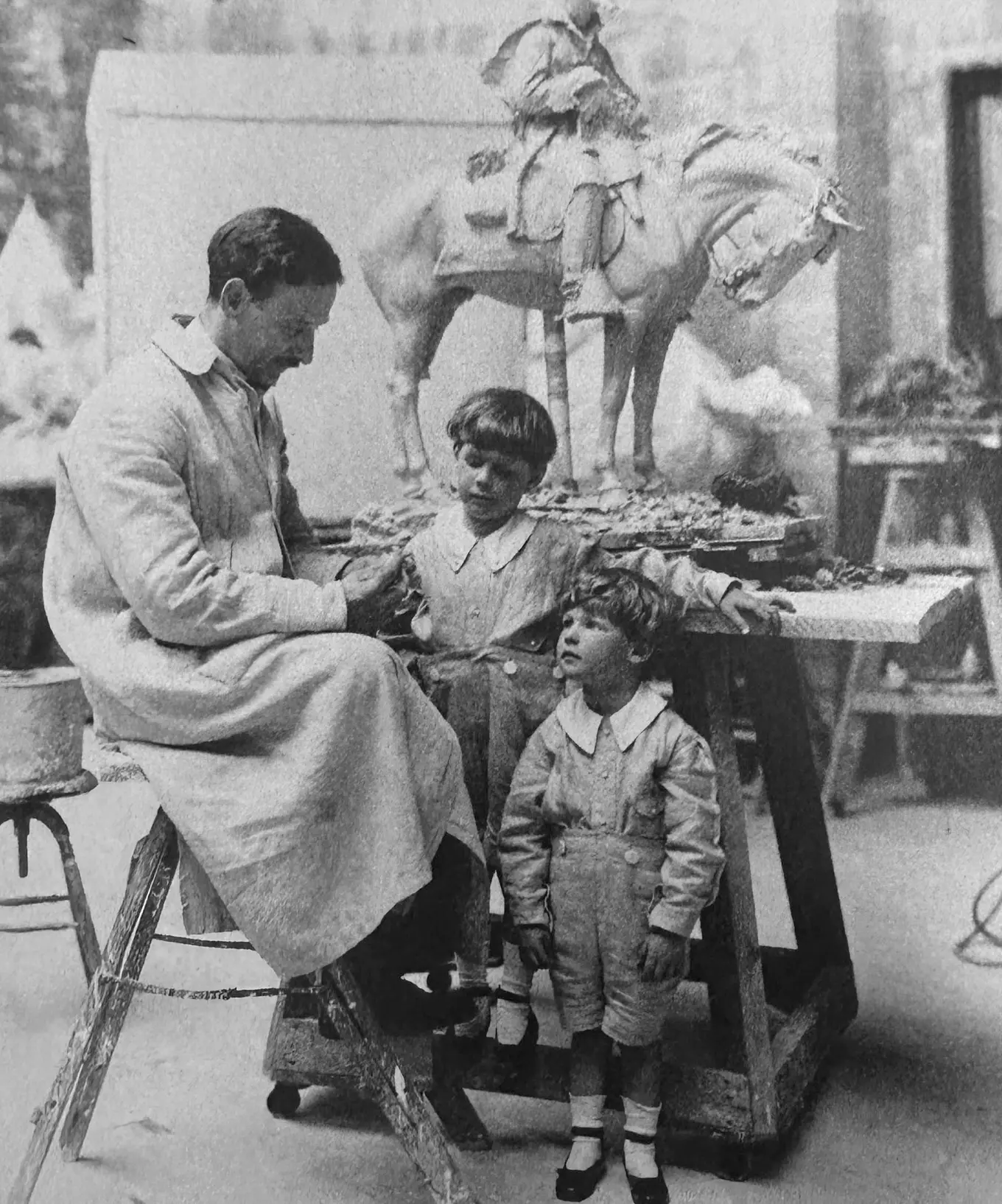
Site History
Arts and Letters is located in Lenapehoking, the ancestral homeland of the Lenape. Arts and Letters’s current site is located in the area that the Lenape called Penadnic. Located off the Wickquasgeck Trail (present-day St Nicholas Avenue, and further downtown, Broadway), the site’s formerly rocky, wooded hills were used by the Lenape as hunting grounds; a seasonal fishing camp was located nearby along the banks of the Hudson River at present-day West 158th Street.
Dutch and British settlers displaced the region’s original inhabitants through a series of exploitative land transactions and violent encroachments during the 17th and early 18th centuries that resulted in forced mass migration. The incursions into Penadnic periodically erupted in bloodshed. Beginning in 1691, when Jan Dyckman purchased a large tract of land stretching north from present-day 155th Street, the site was owned by a succession of Dutch and British families who farmed the adjacent land while leaving the rocky hills largely unchanged.
From the 1850s until the early 1900s, the area between West 155th and 158th Streets, bordered by present-day Broadway and the Hudson River, became a residential enclave known as Audubon Park where mansions surrounded by lawns and flower gardens remained even as large new apartment buildings rose up on the surrounding streets. Audubon Park was first developed by the family of naturalist John James Audubon, who purchased the 14-acre estate in 1841 with the proceeds from the publication of The Birds of America. Recent scholarship has brought attention to Audubon as an enslaver and anti-abolitionist, which has led to a public reconsideration of his legacy.
In 1904, the same year the subway station opened at West 157th Street and Broadway, the writer, historian, and Arts and Letters member Archer M. Huntington purchased a section of land in Audubon Park between West 155th Street and present-day West 156th Street. Later that year he began construction of the Hispanic Society Library and Museum, the first of the six cultural institutions he would bring there over the next 20 years. The name Audubon Terrace was given to the complex in the 1940s.
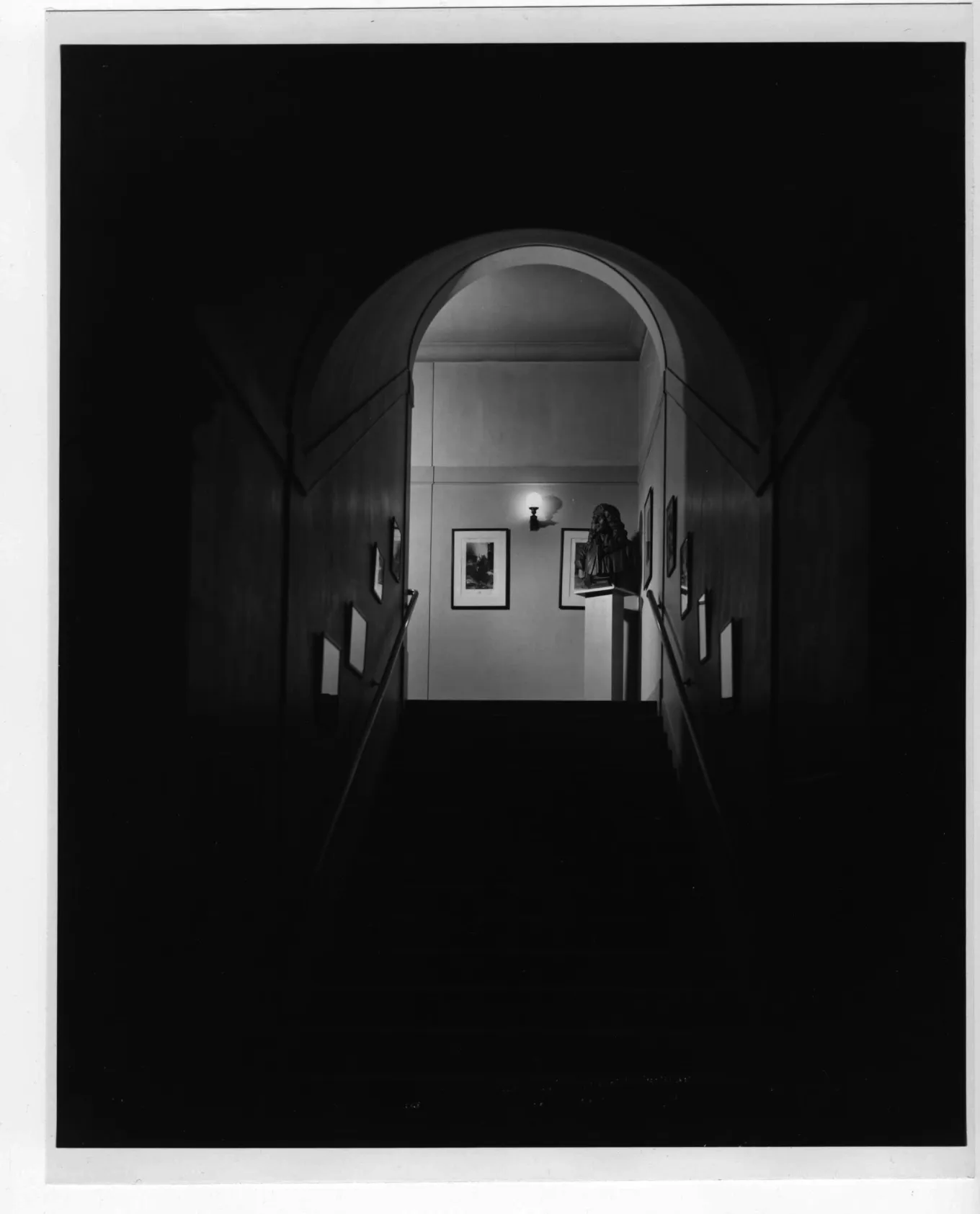
Further Reading
George Bird Grinnell. Audubon Park: The History of the Site of the Hispanic Society of America and Neighboring Institutions. New York: Hispanic Society of America, 1927.
Landmarks Preservation Commission. Audubon Terrace: Historic District Designation Report, 1979.
Portraits from the American Academy of Arts and Letters. Washington, DC: National Portrait Gallery, Smithsonian Institution, 1987.
John Updike, ed. A Century of Arts and Letters: The History of the National Institute of Arts and Letters and the American Academy of Arts and Letters as Told, Decade by Decade, by Eleven Members. New York: Columbia University Press, 1998.
Landmarks Preservation Commission. Audubon Park: Historic District Designation Report, 2009.
Matthew Spady. The Neighborhood that Manhattan Forgot: Audubon Park and the Families Who Shaped It. New York: Fordham University Press, 2020.
